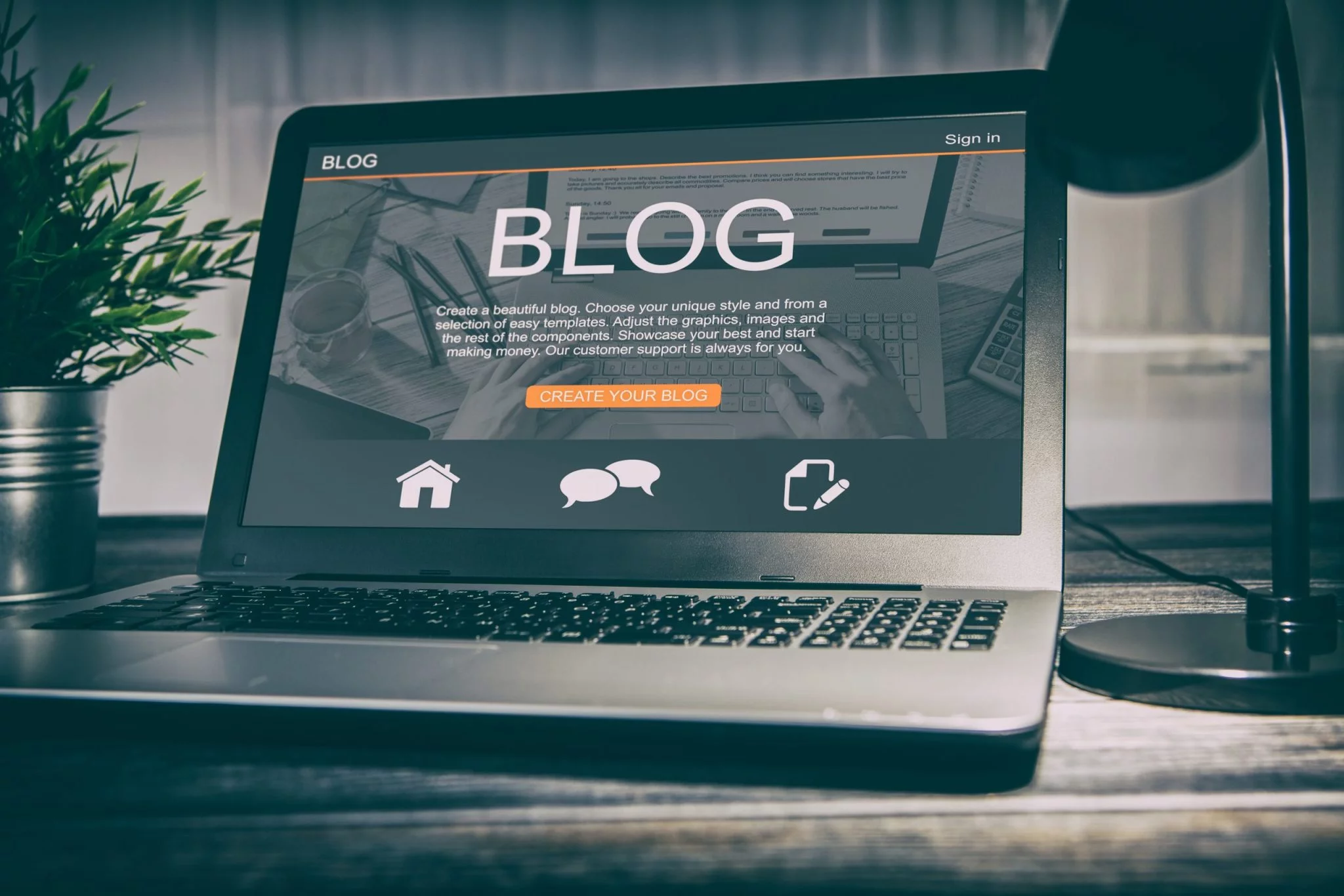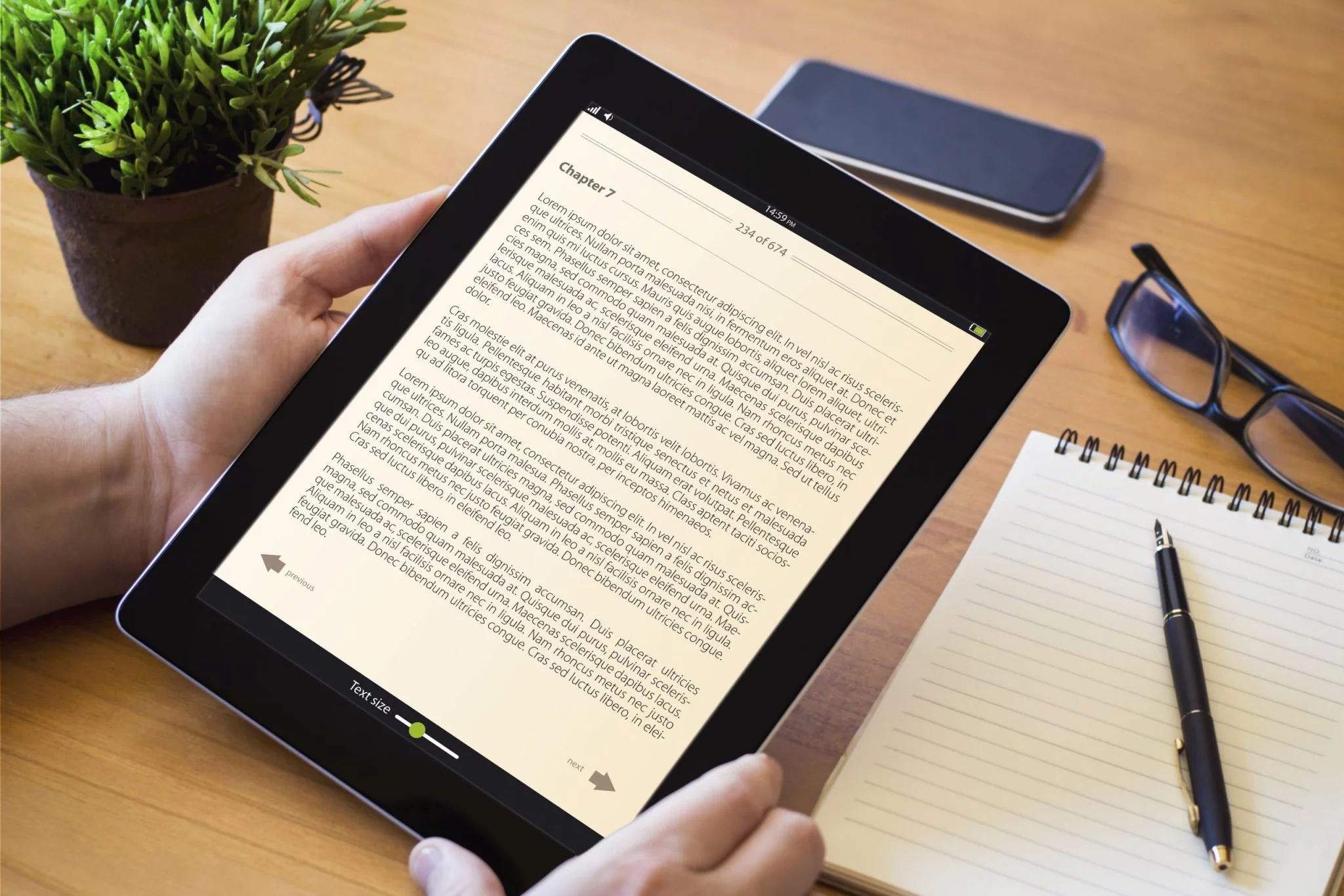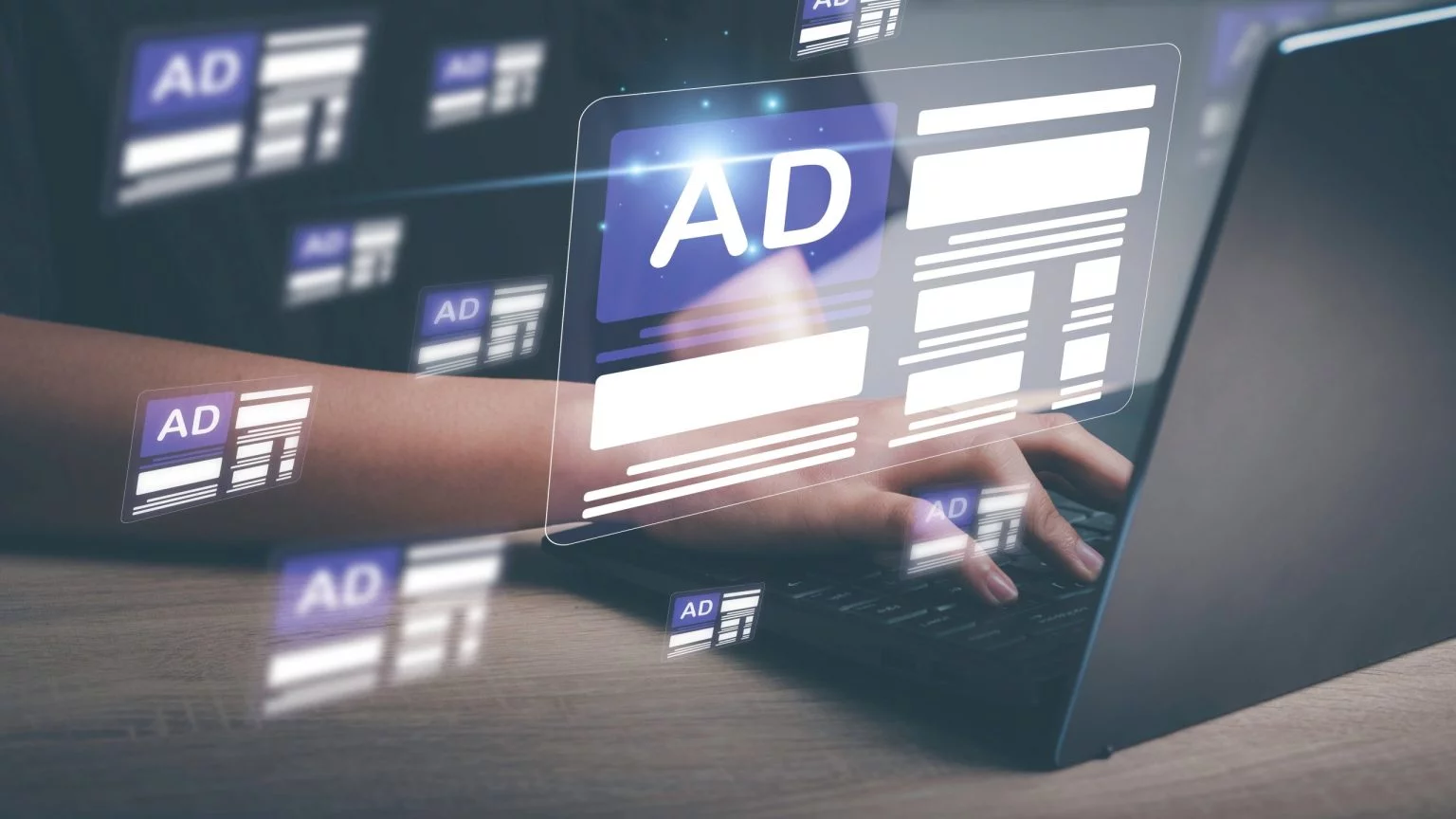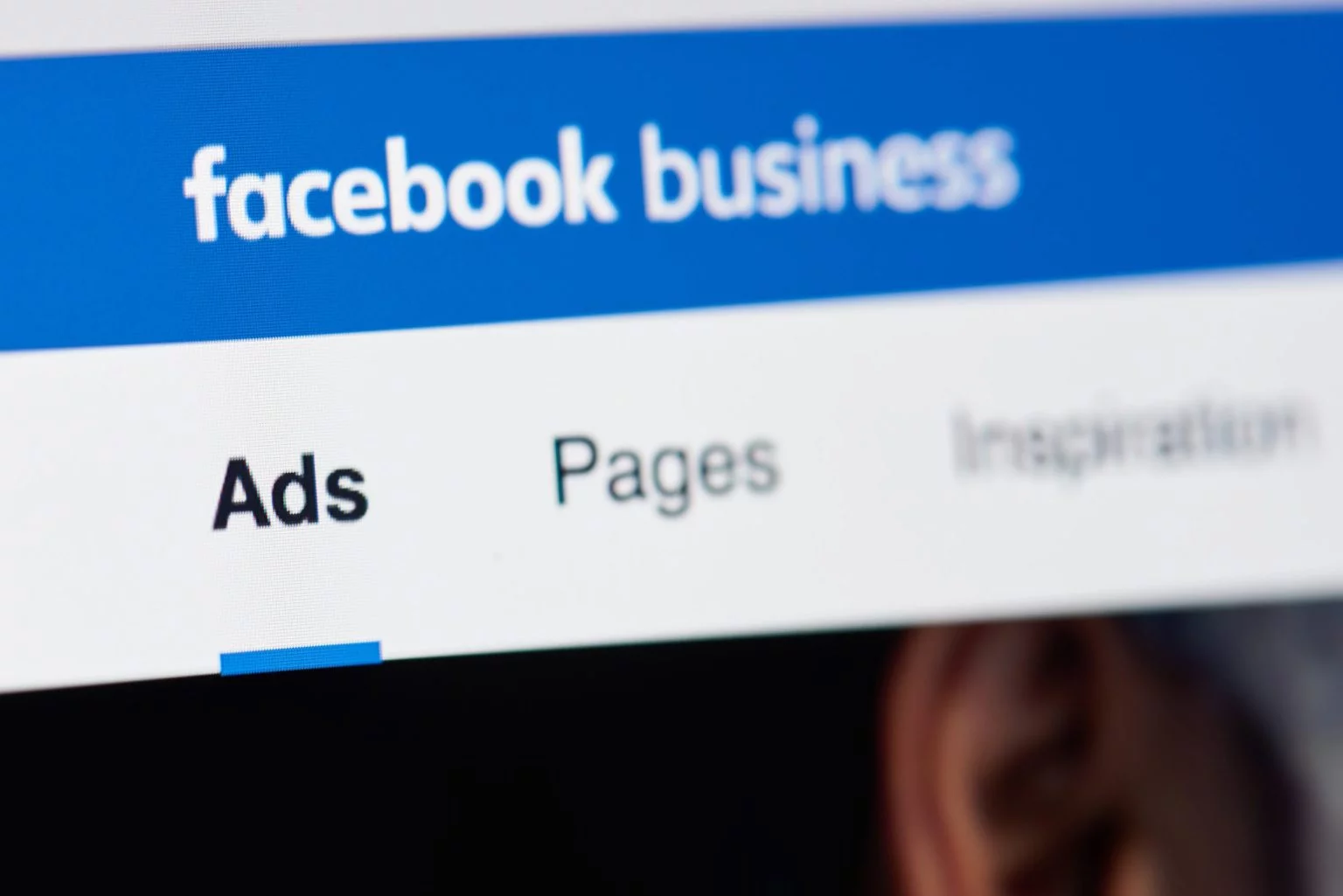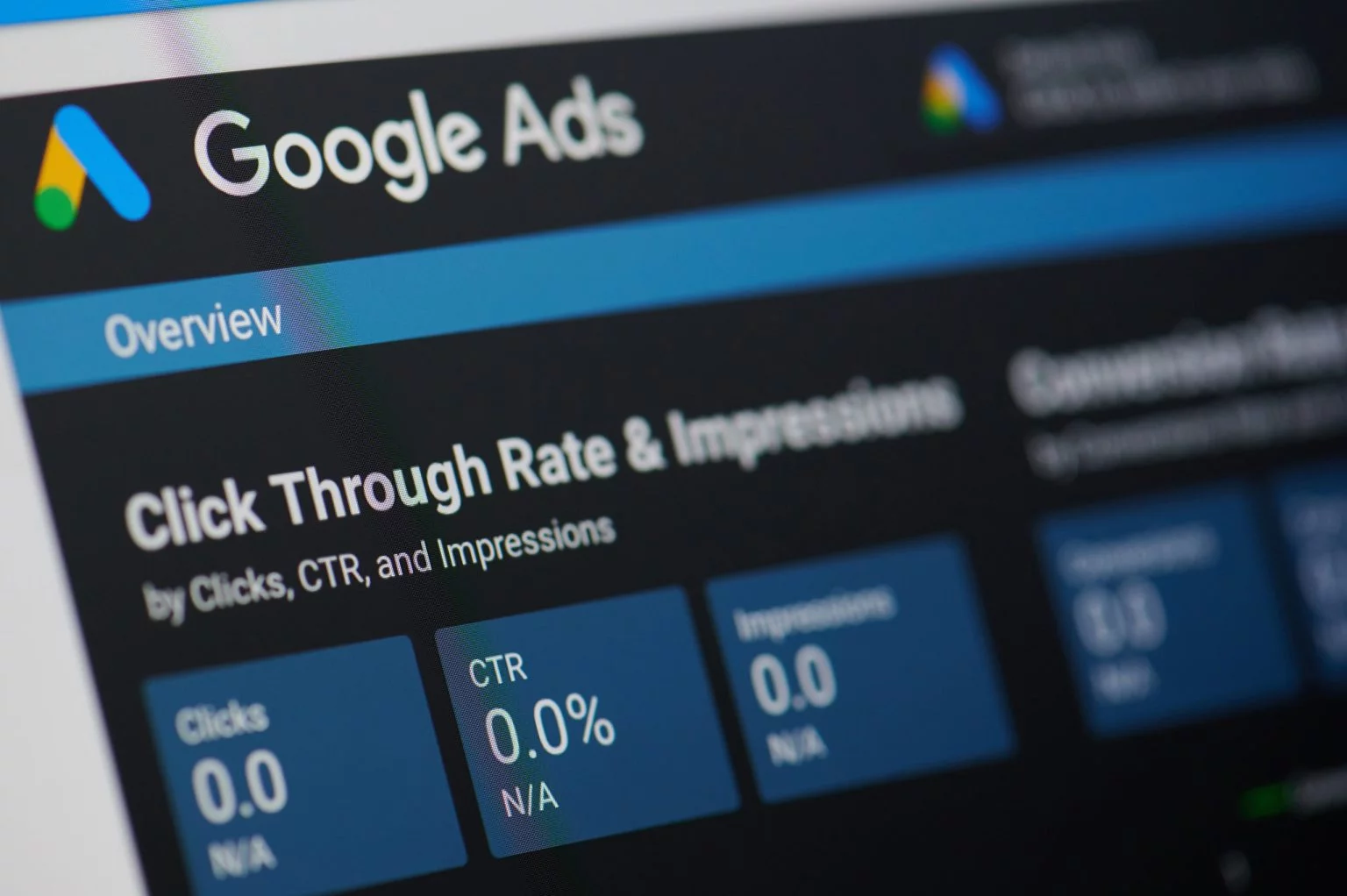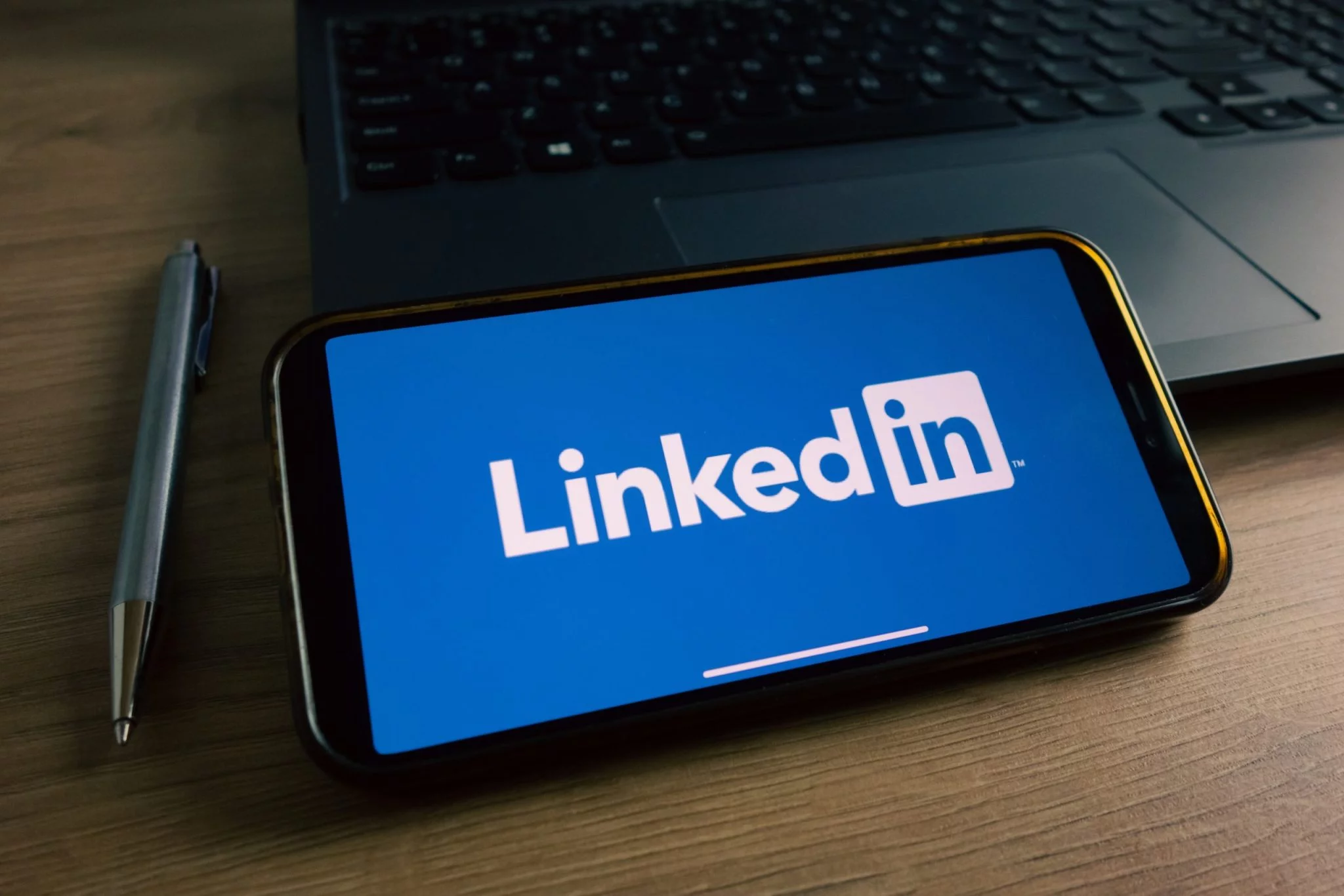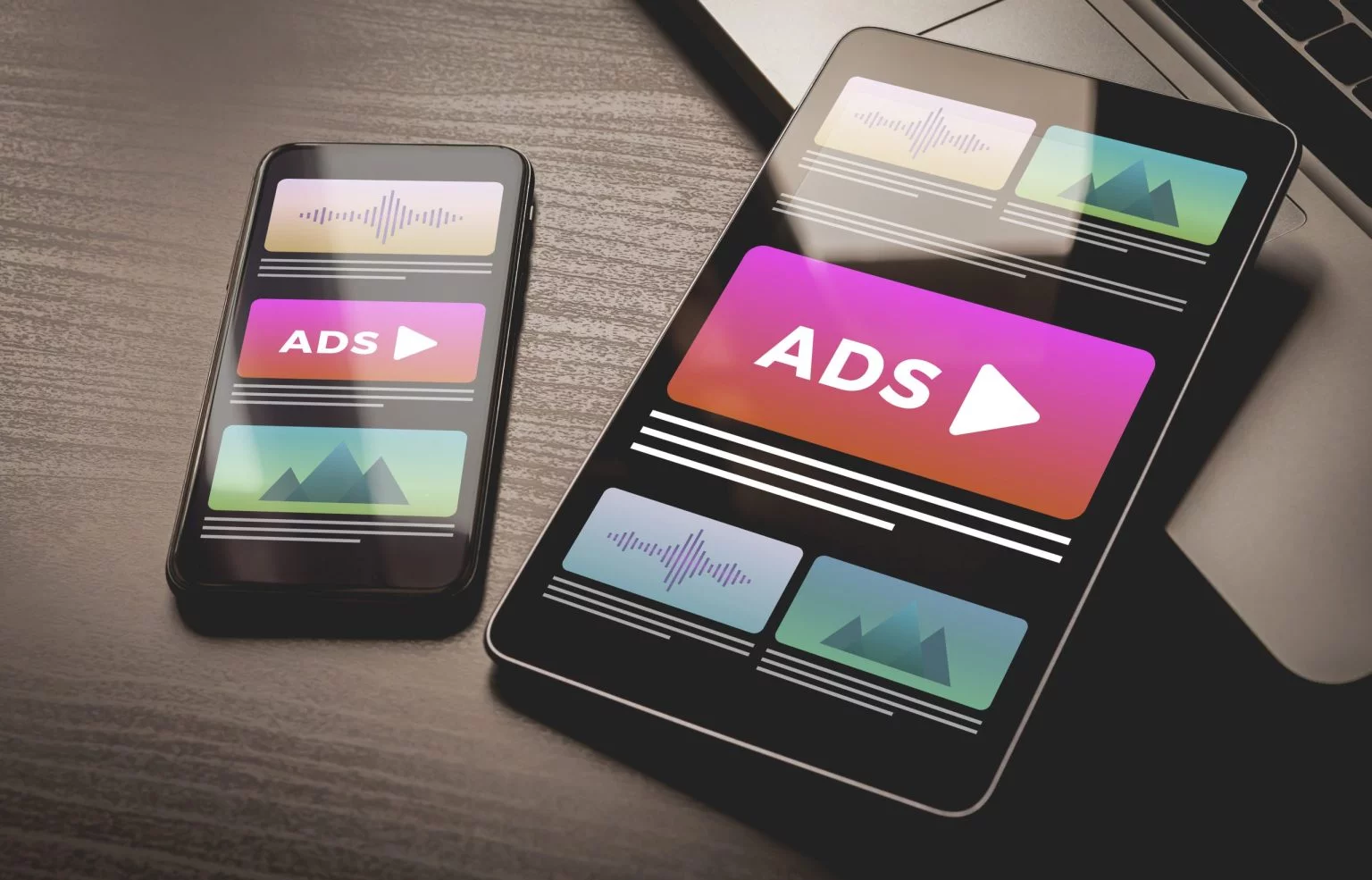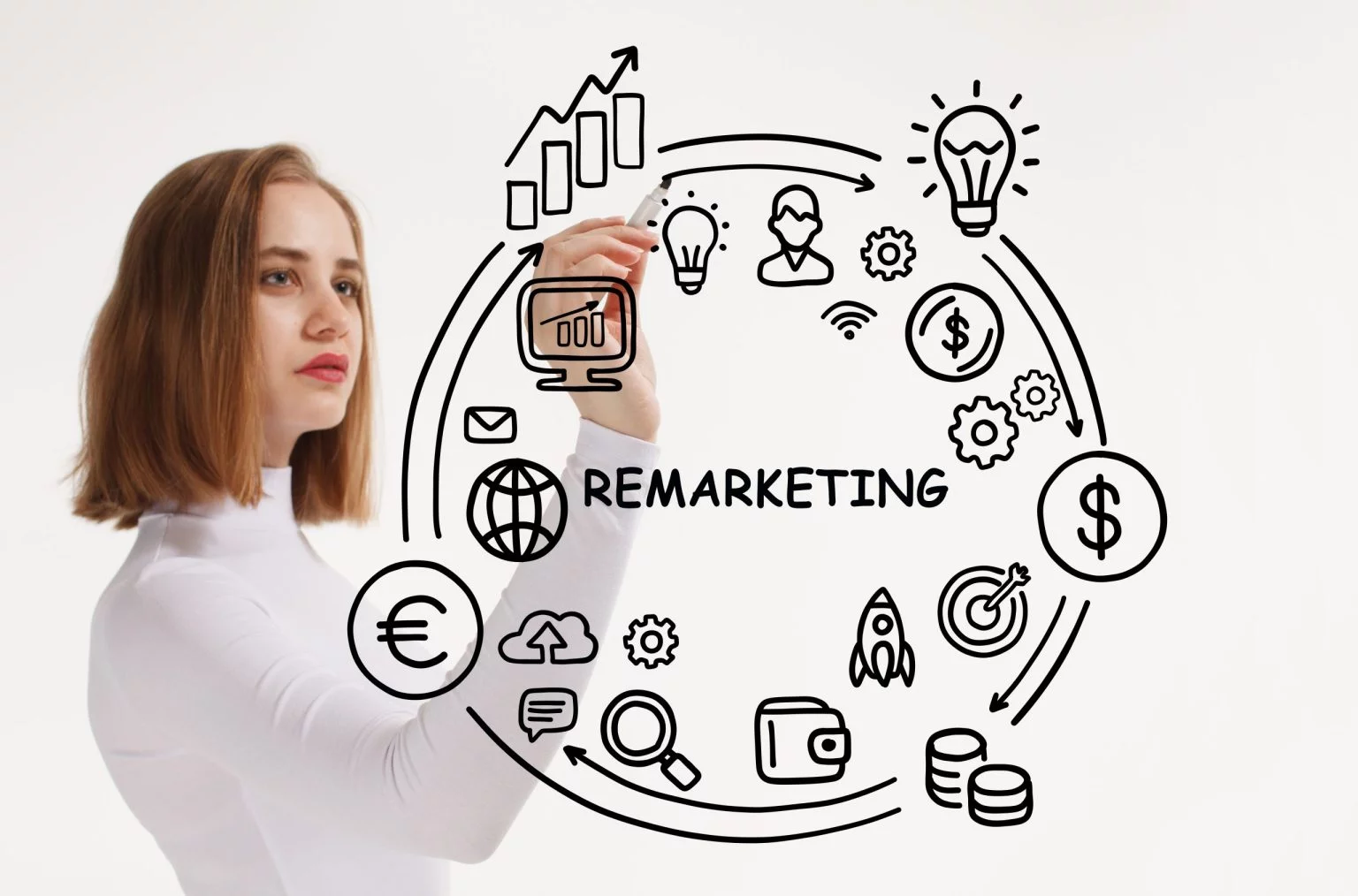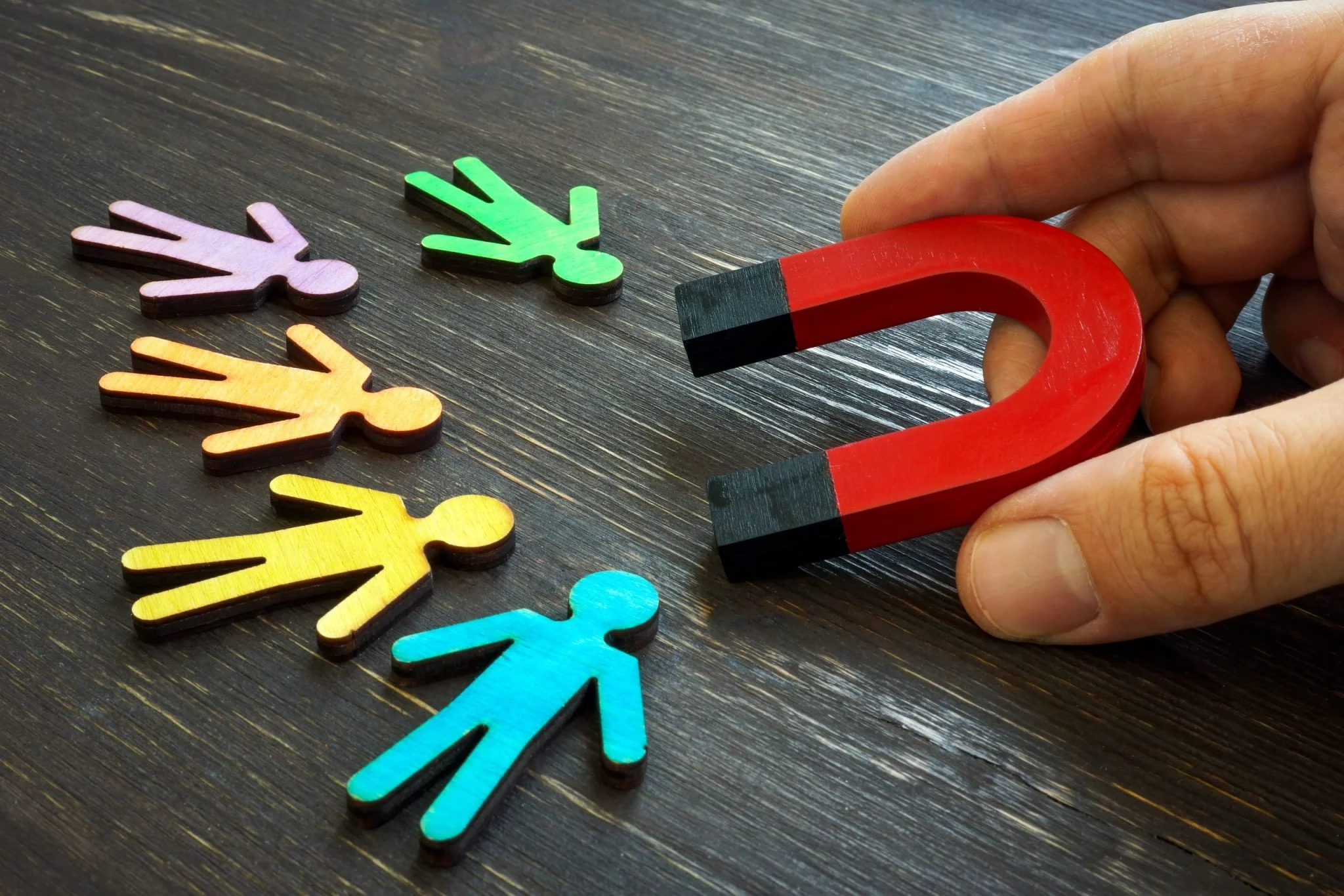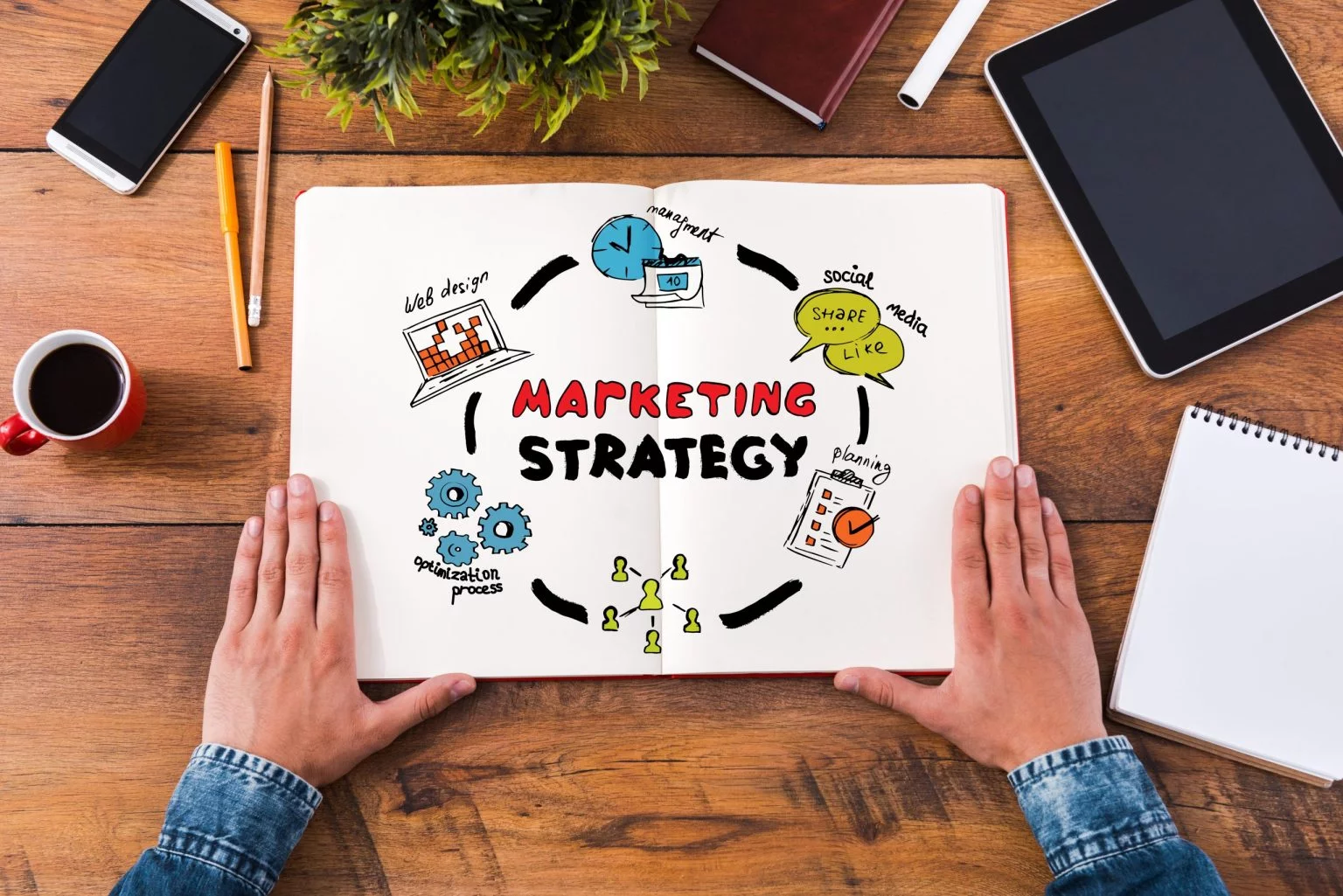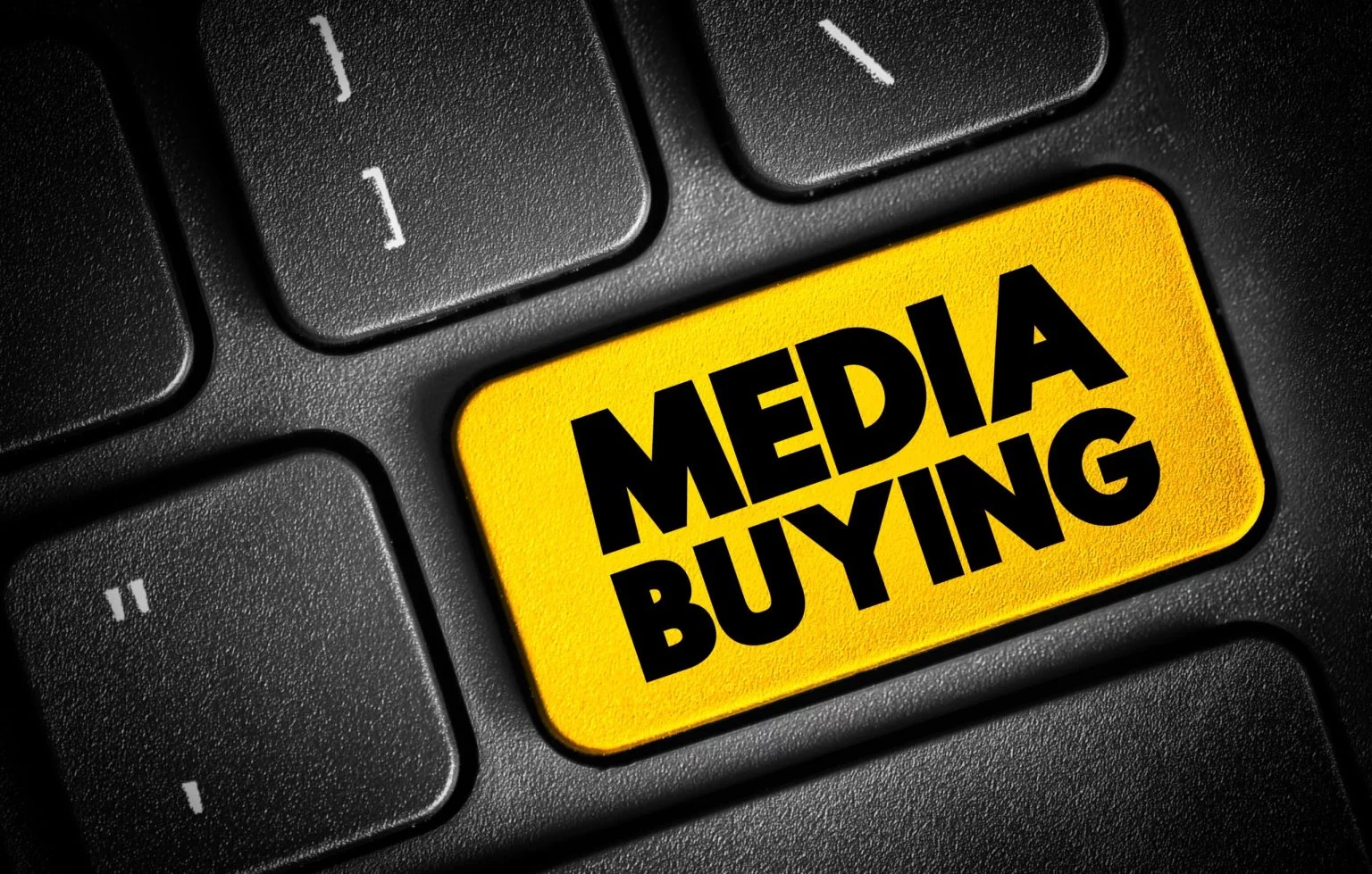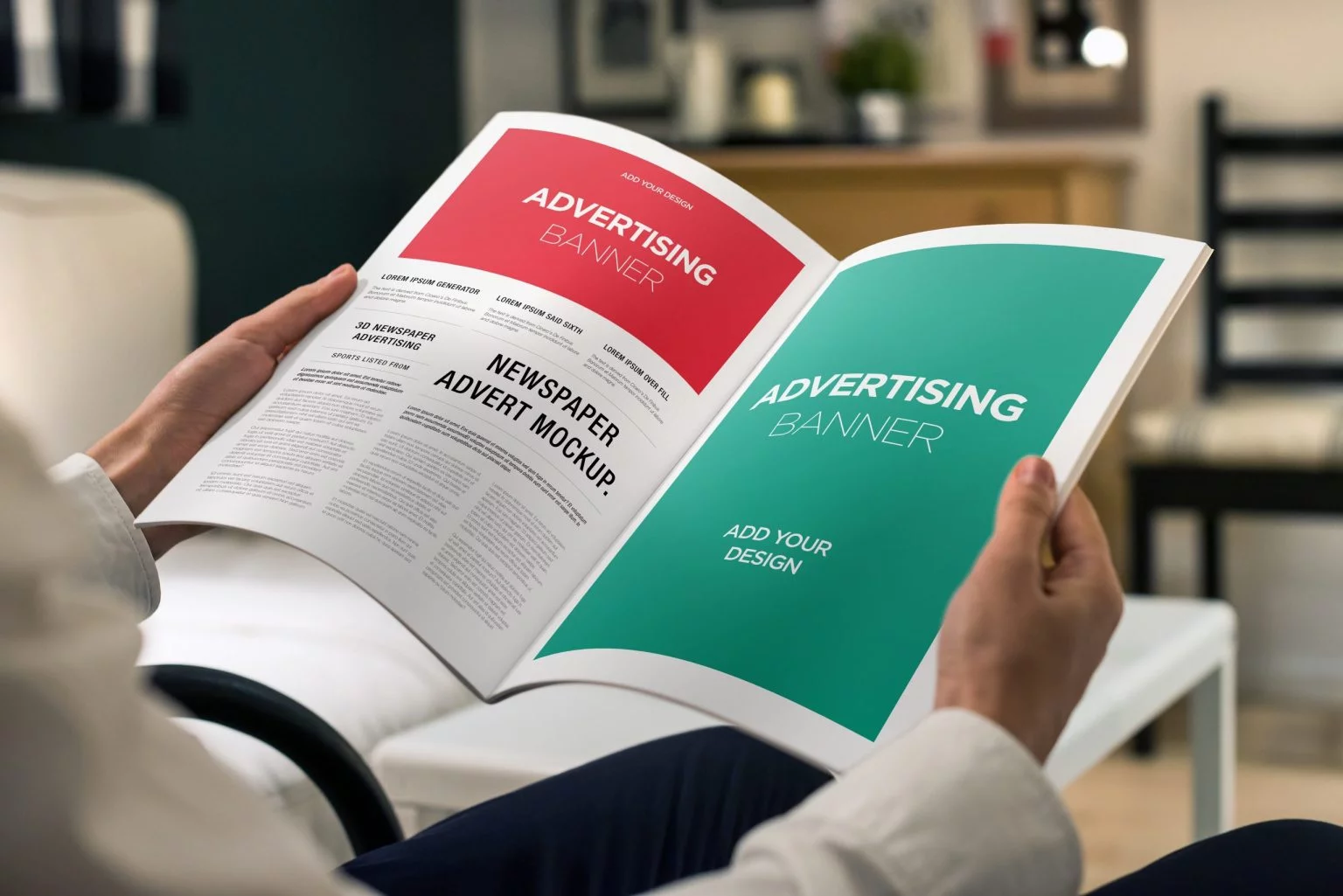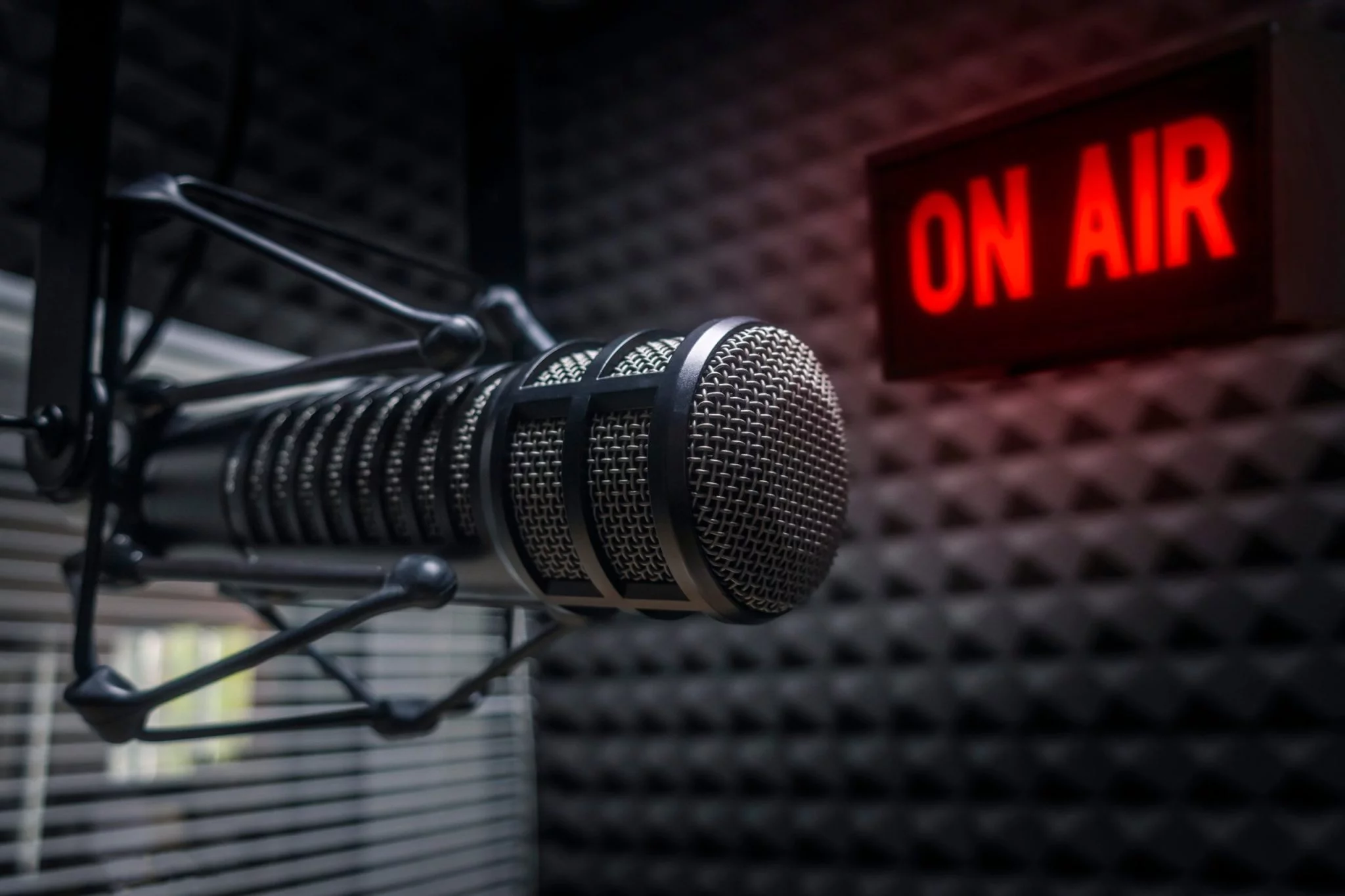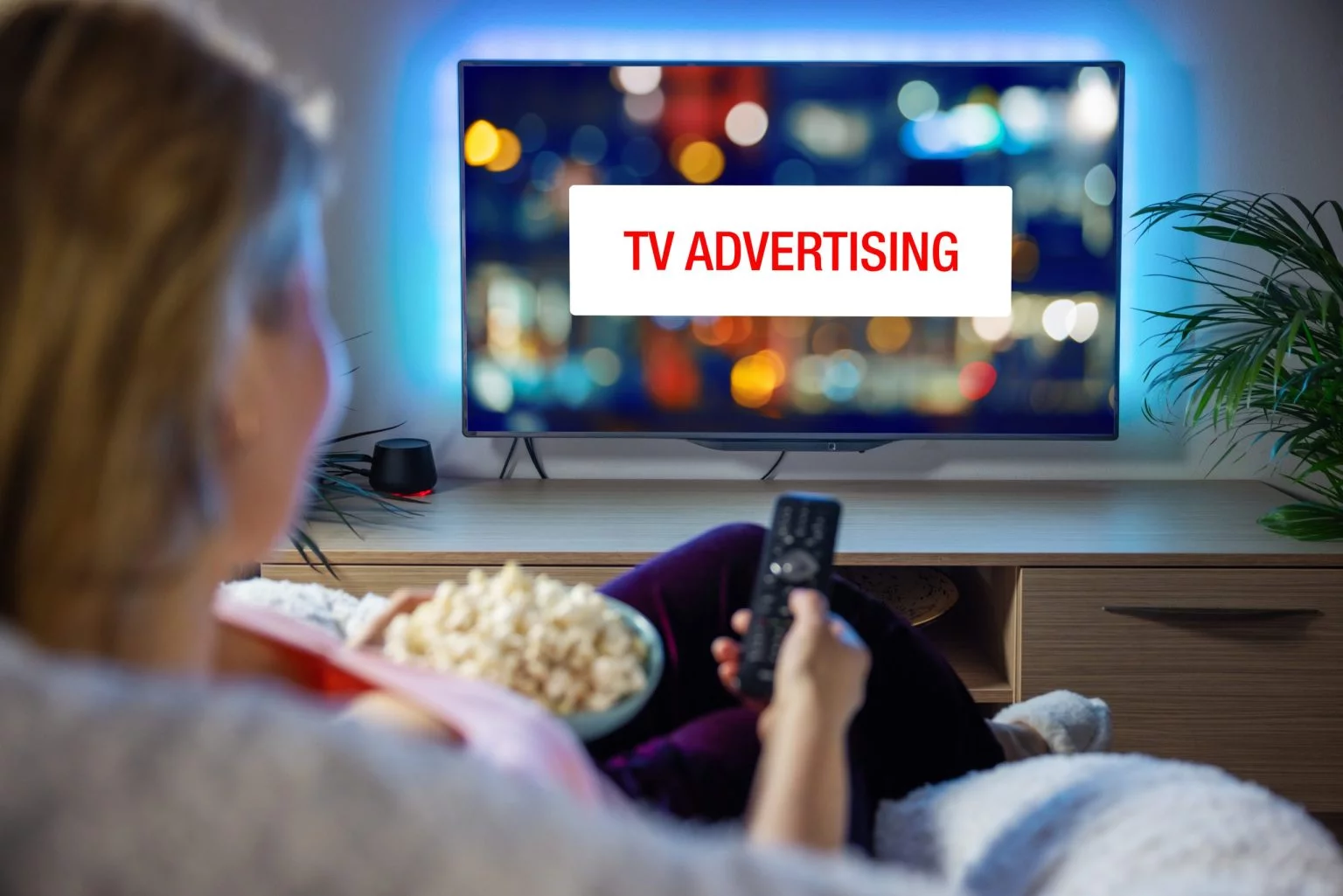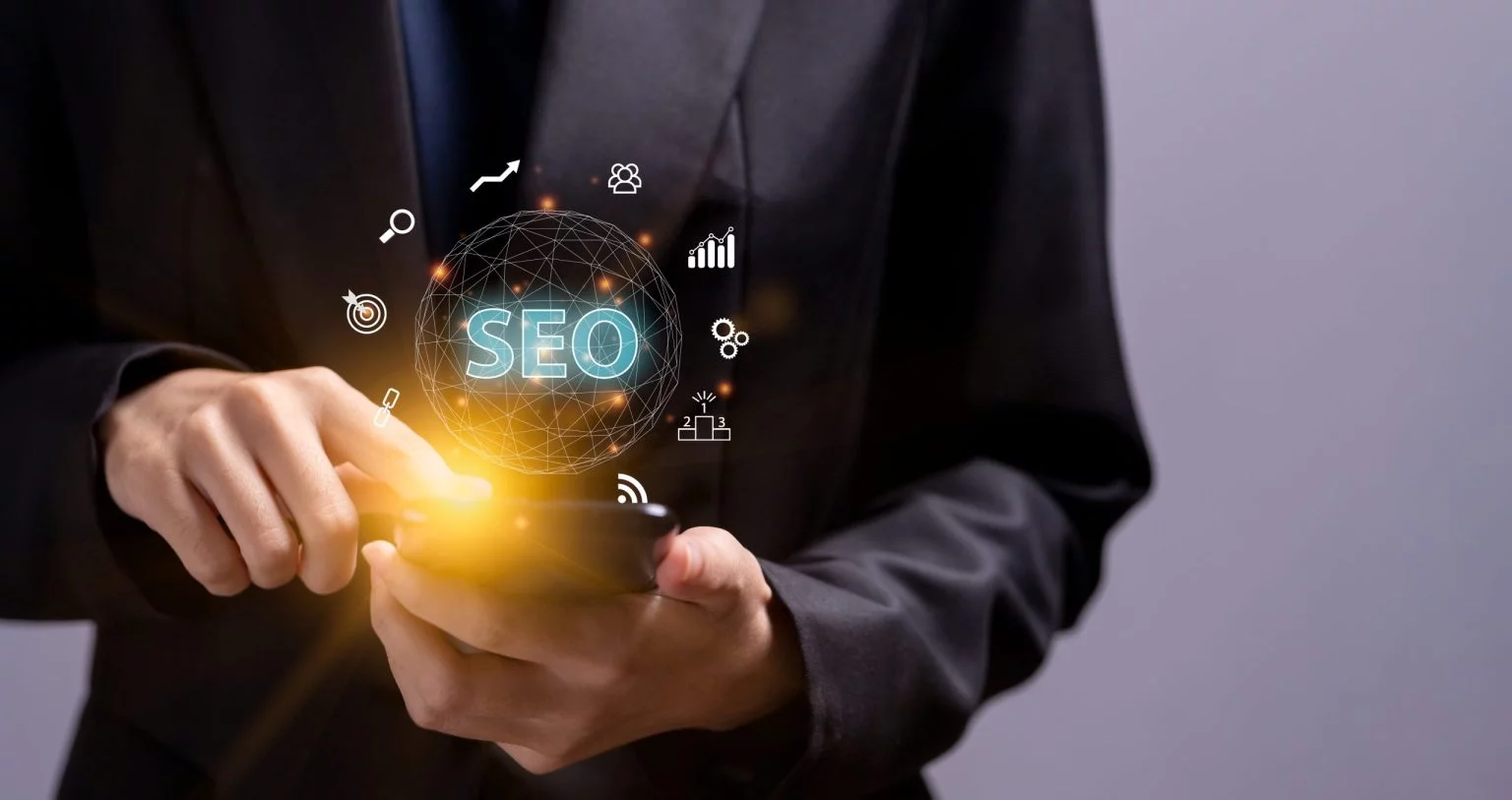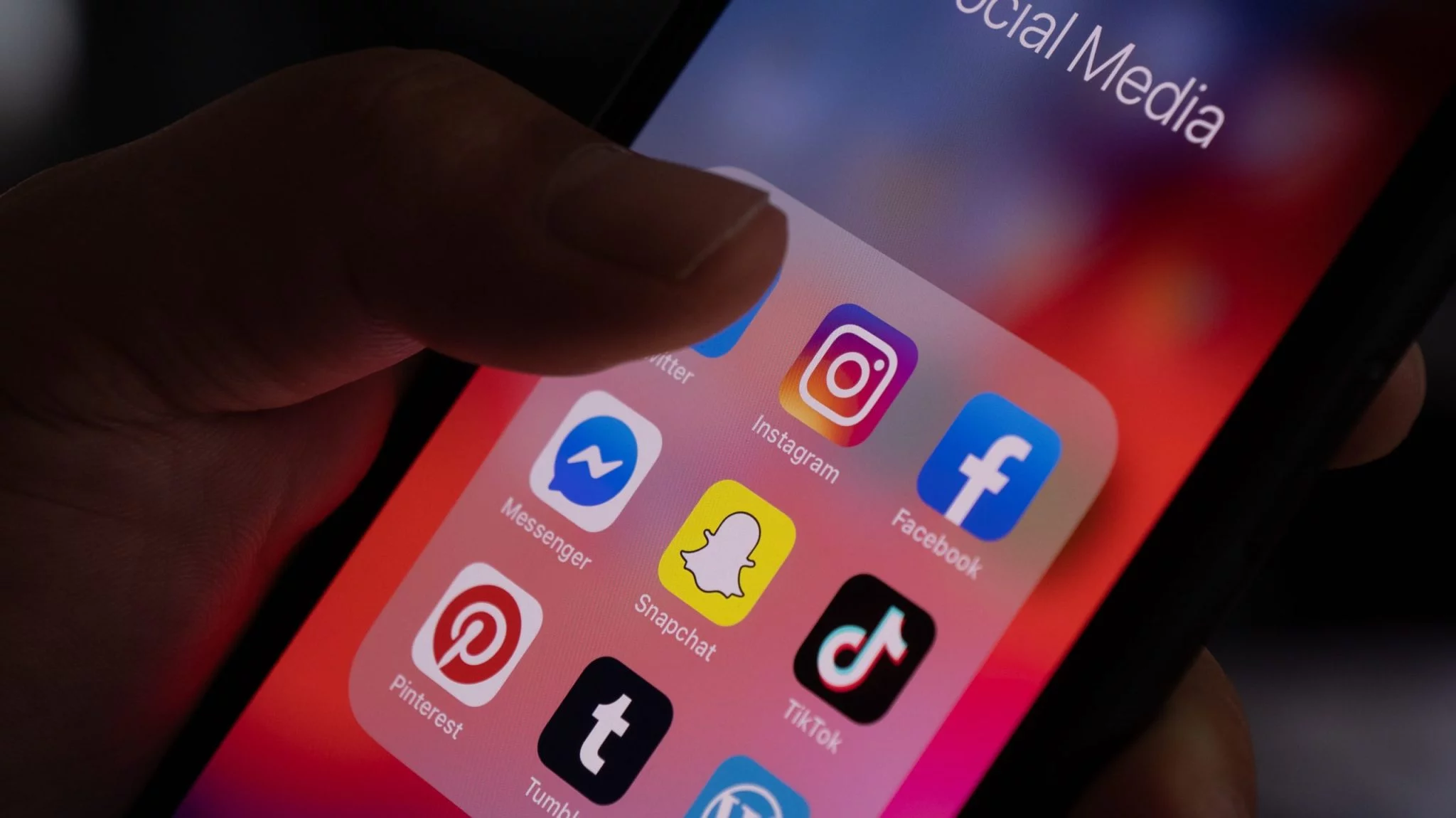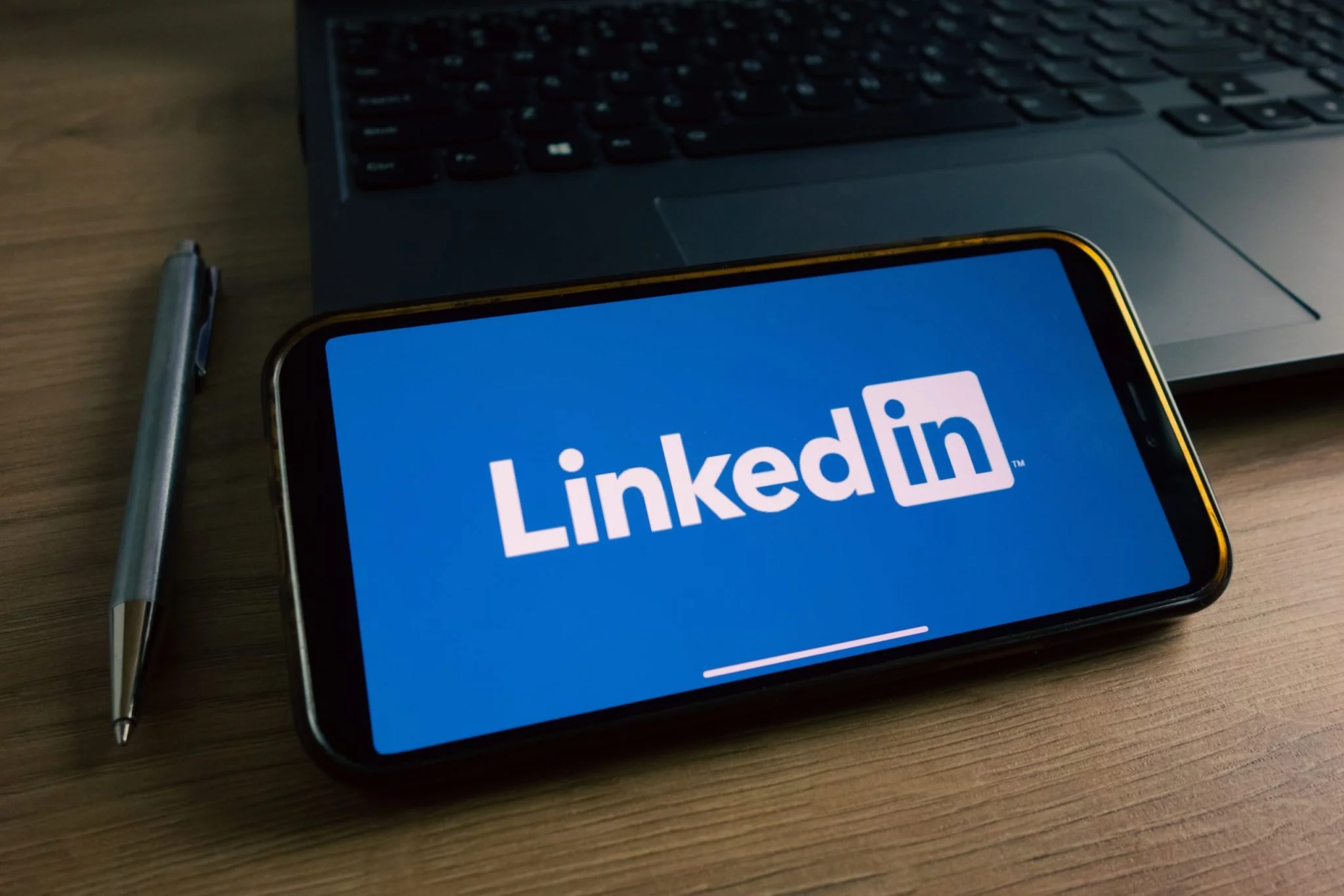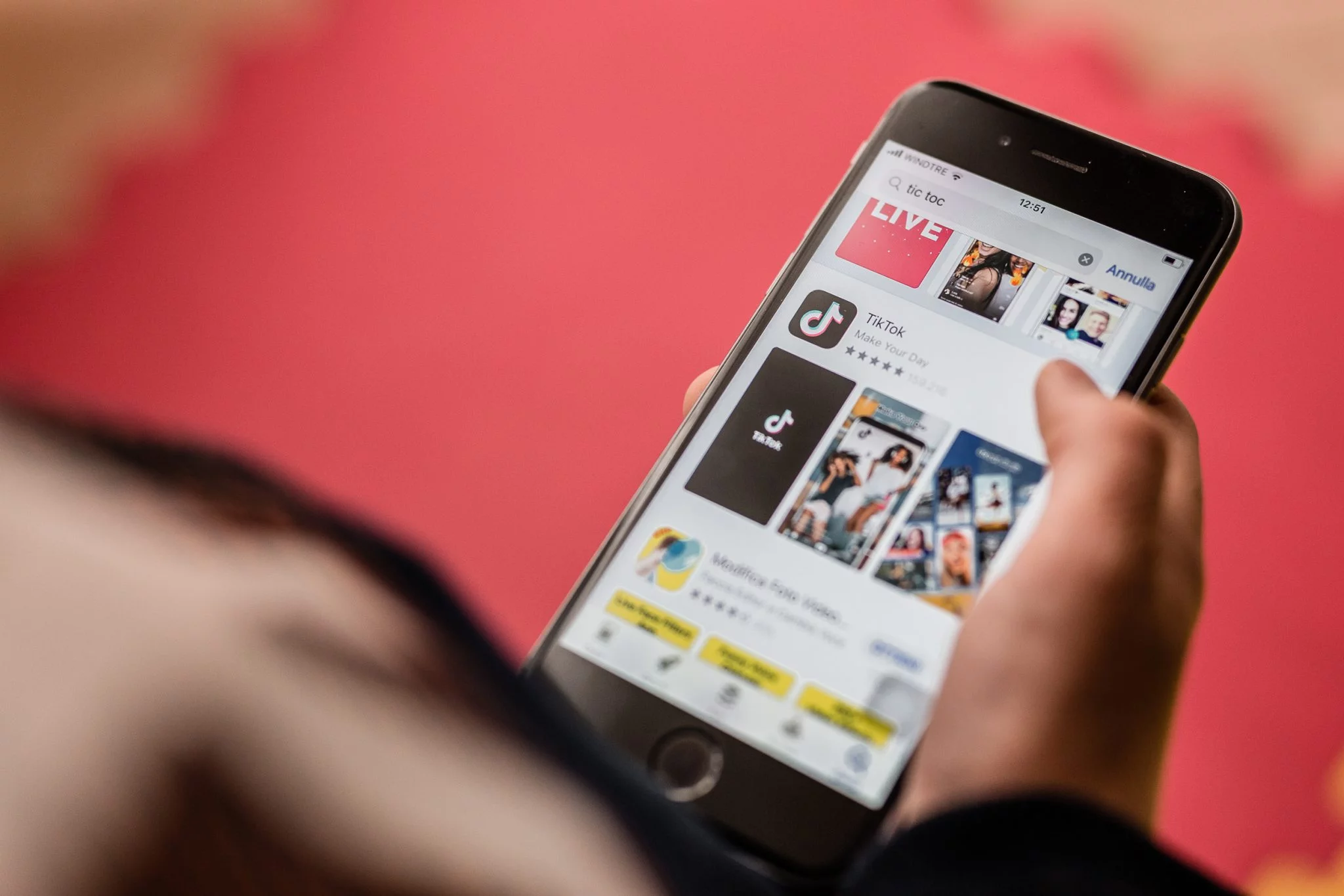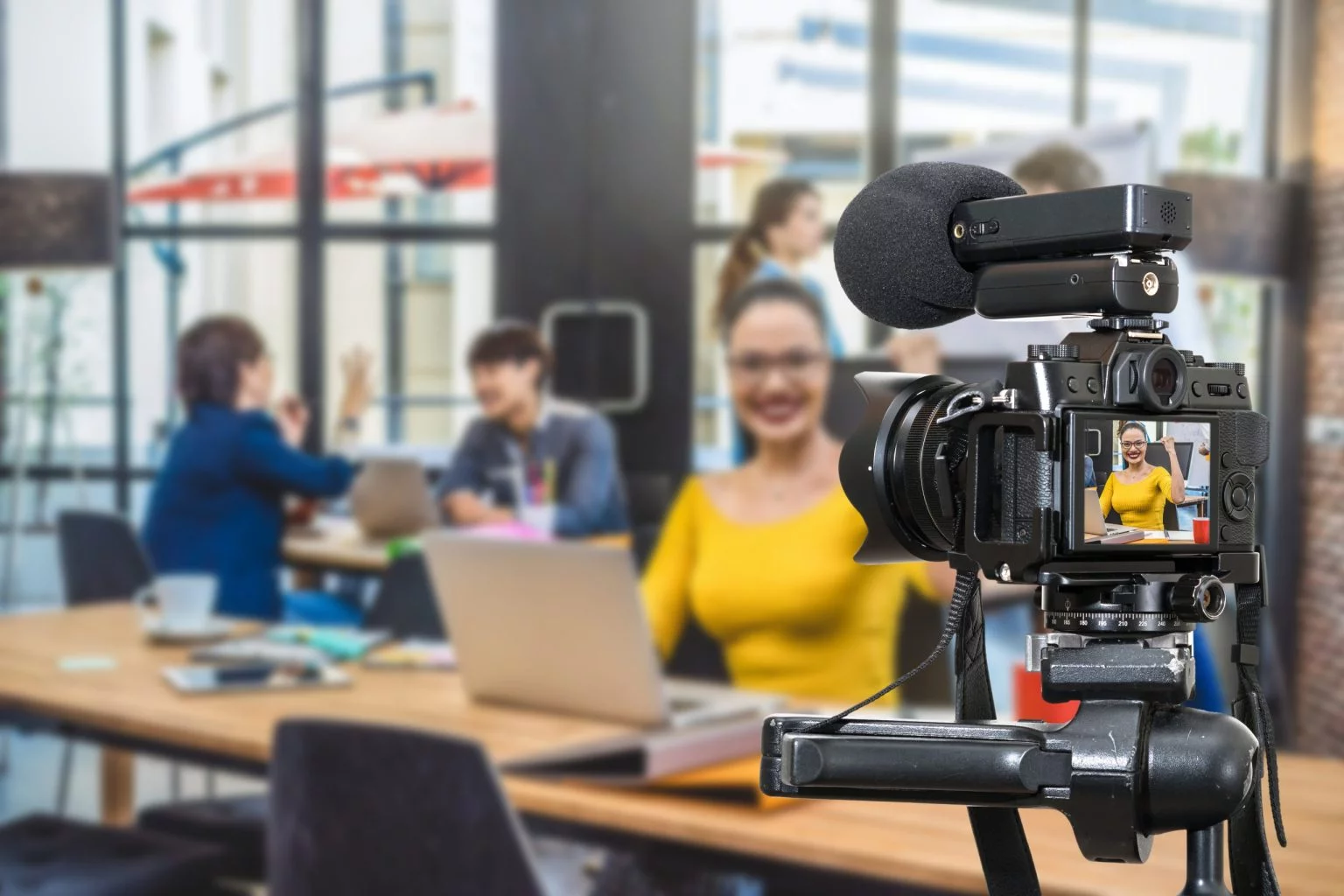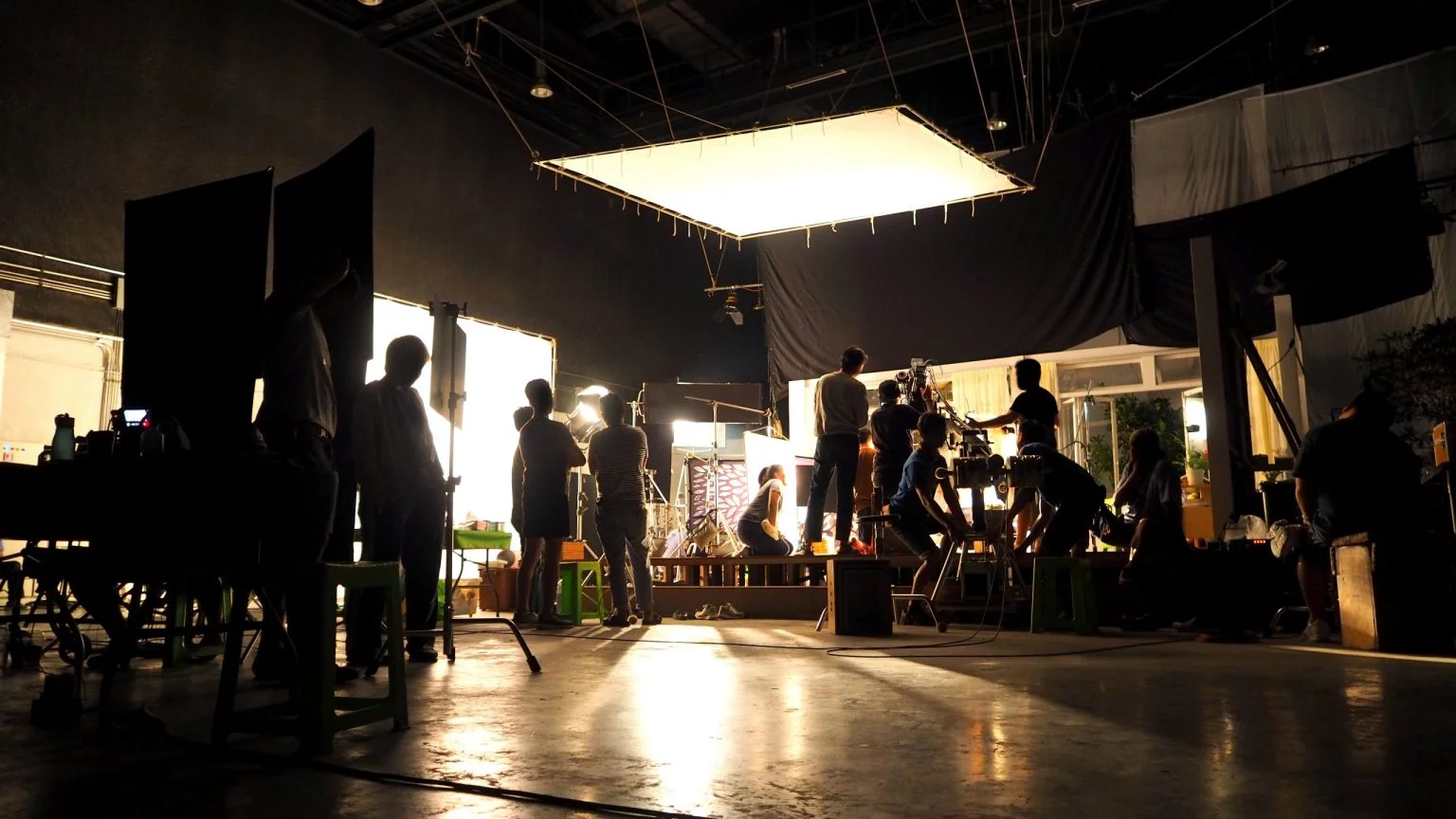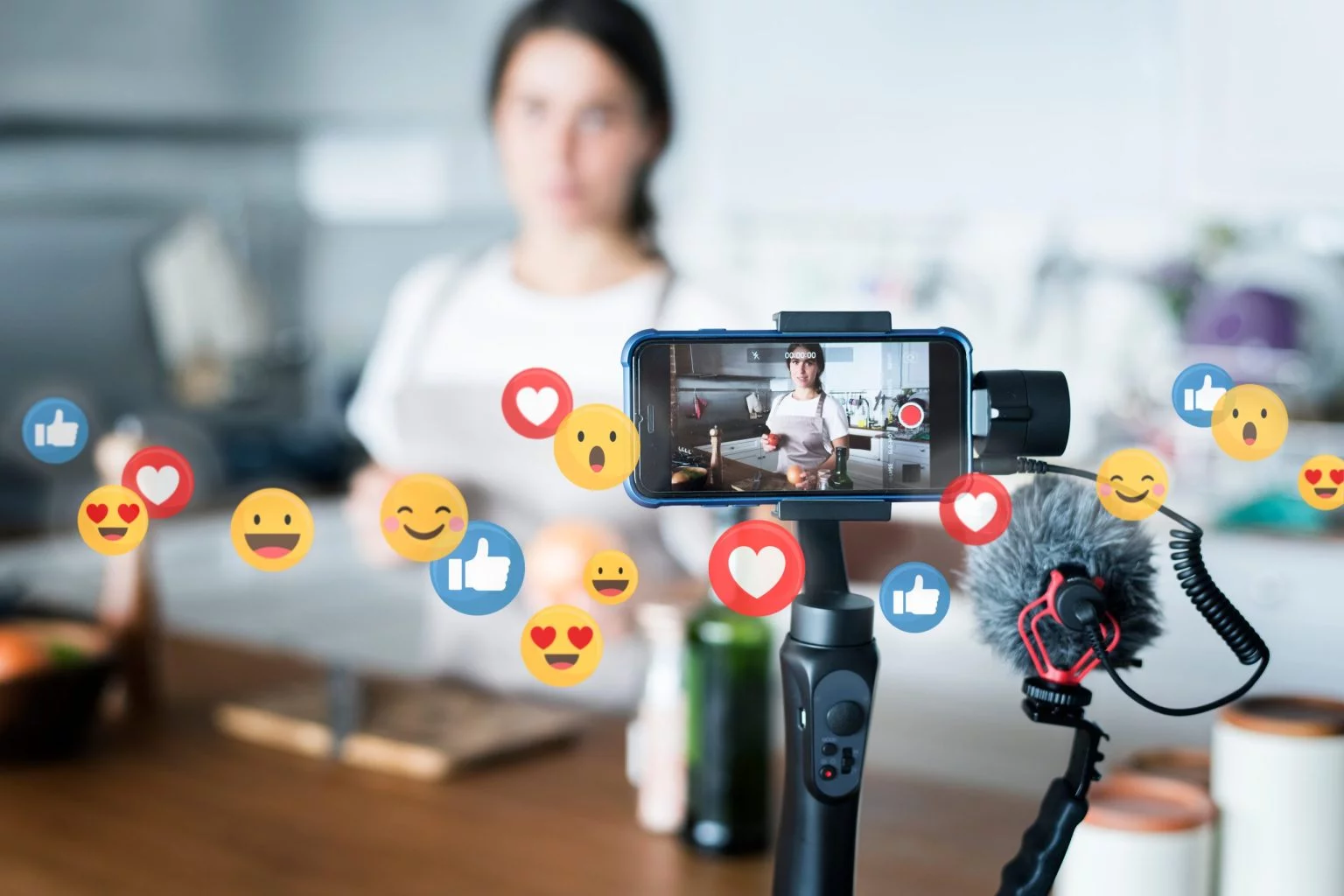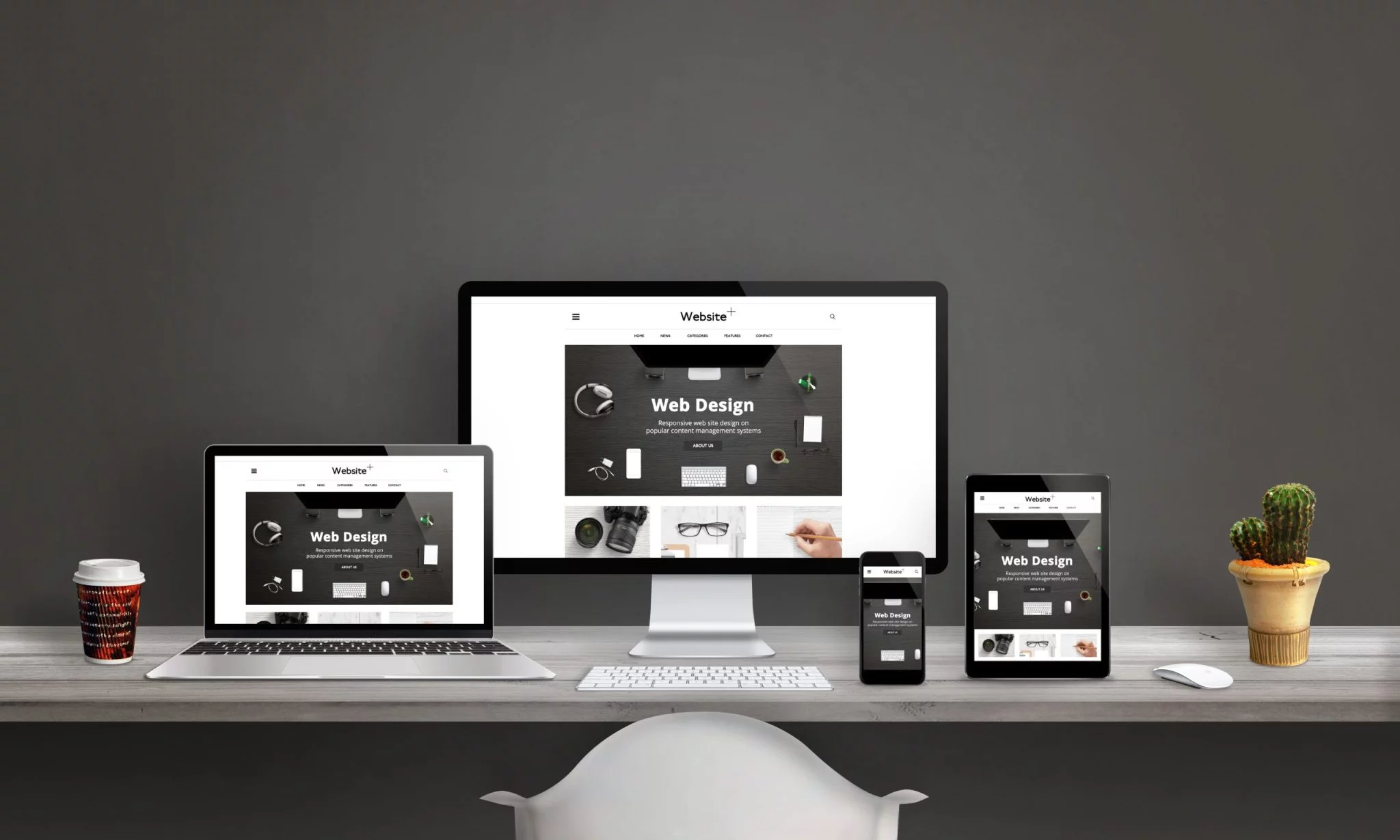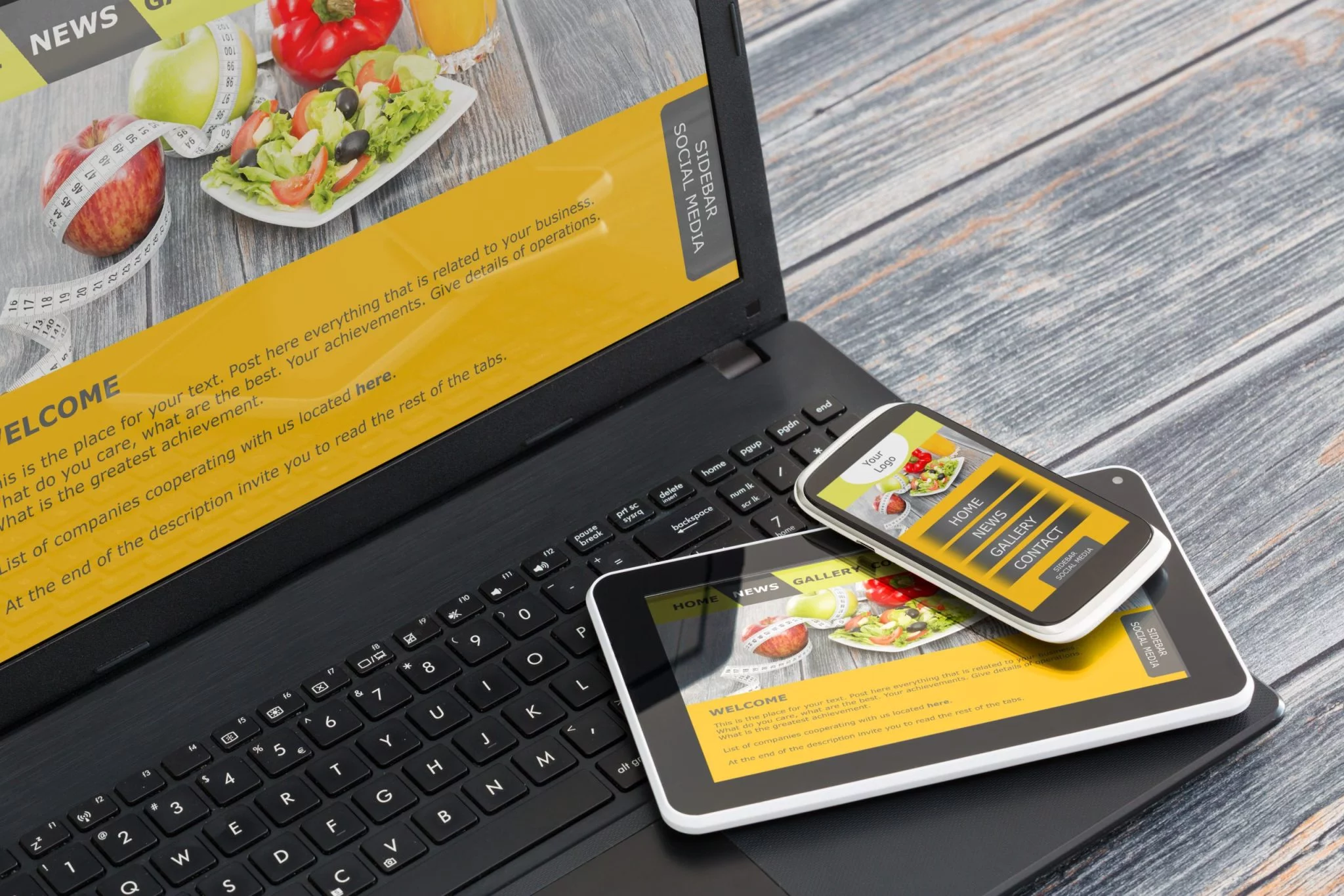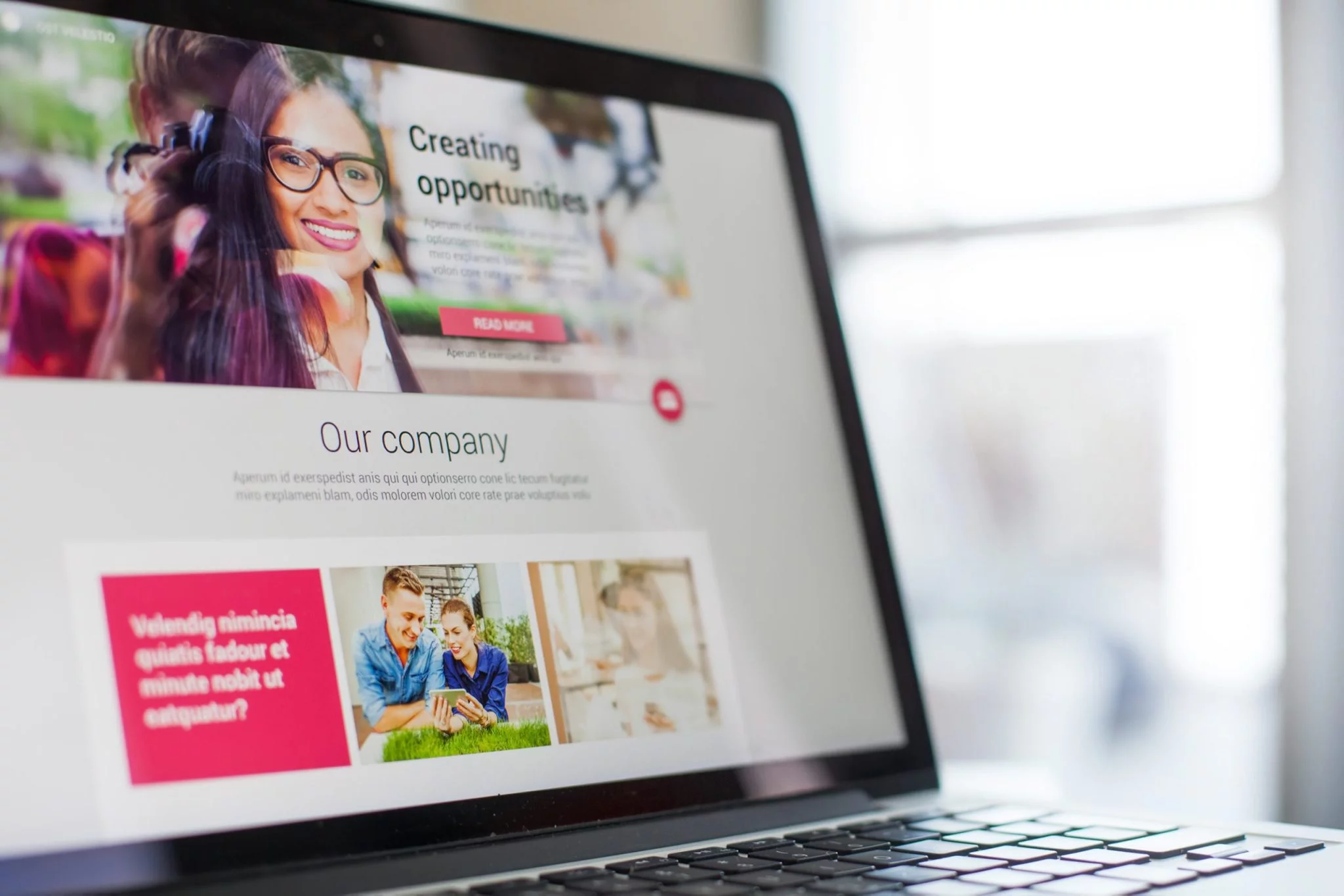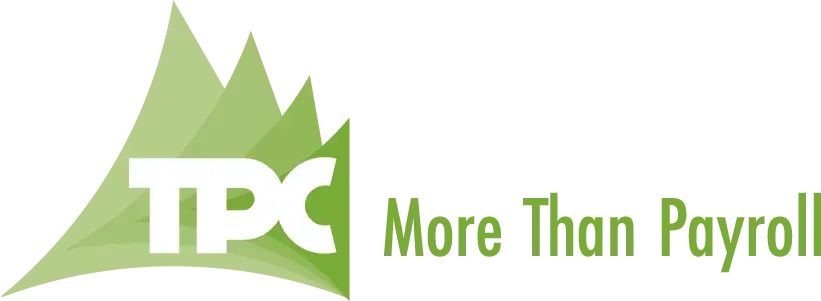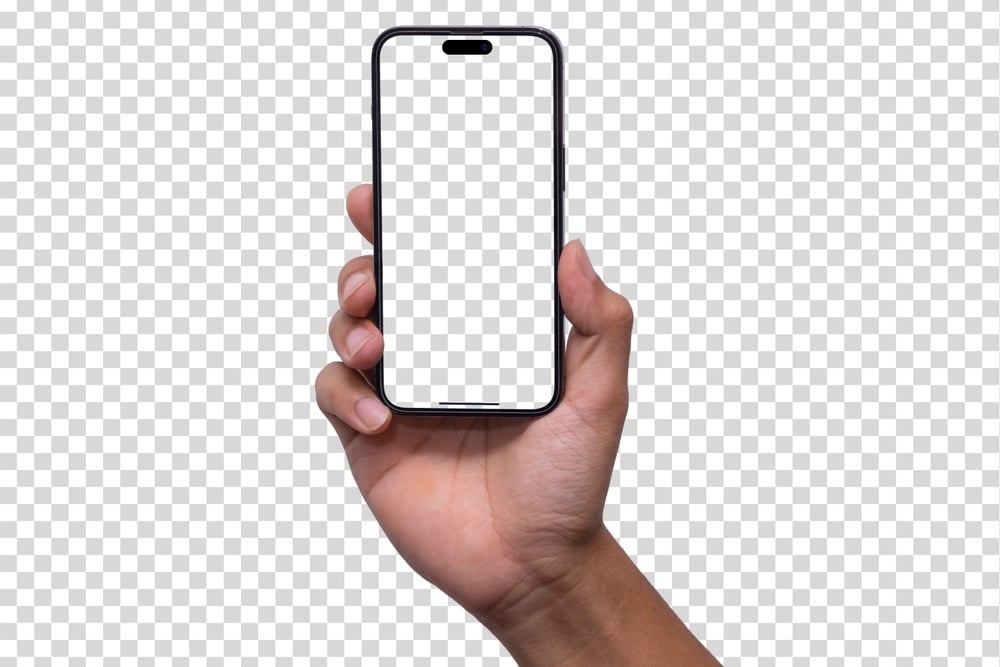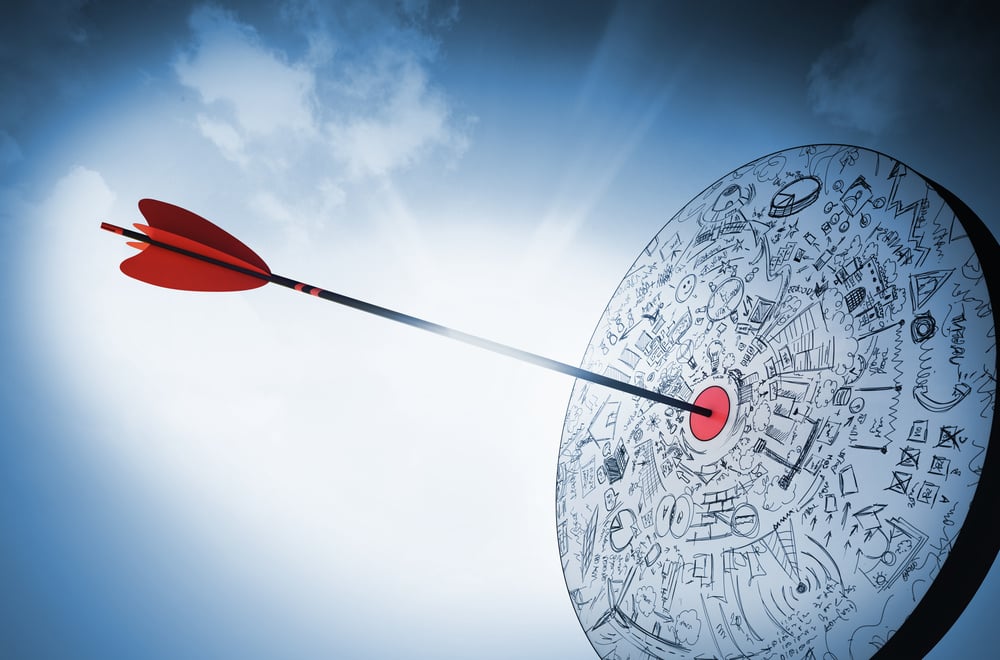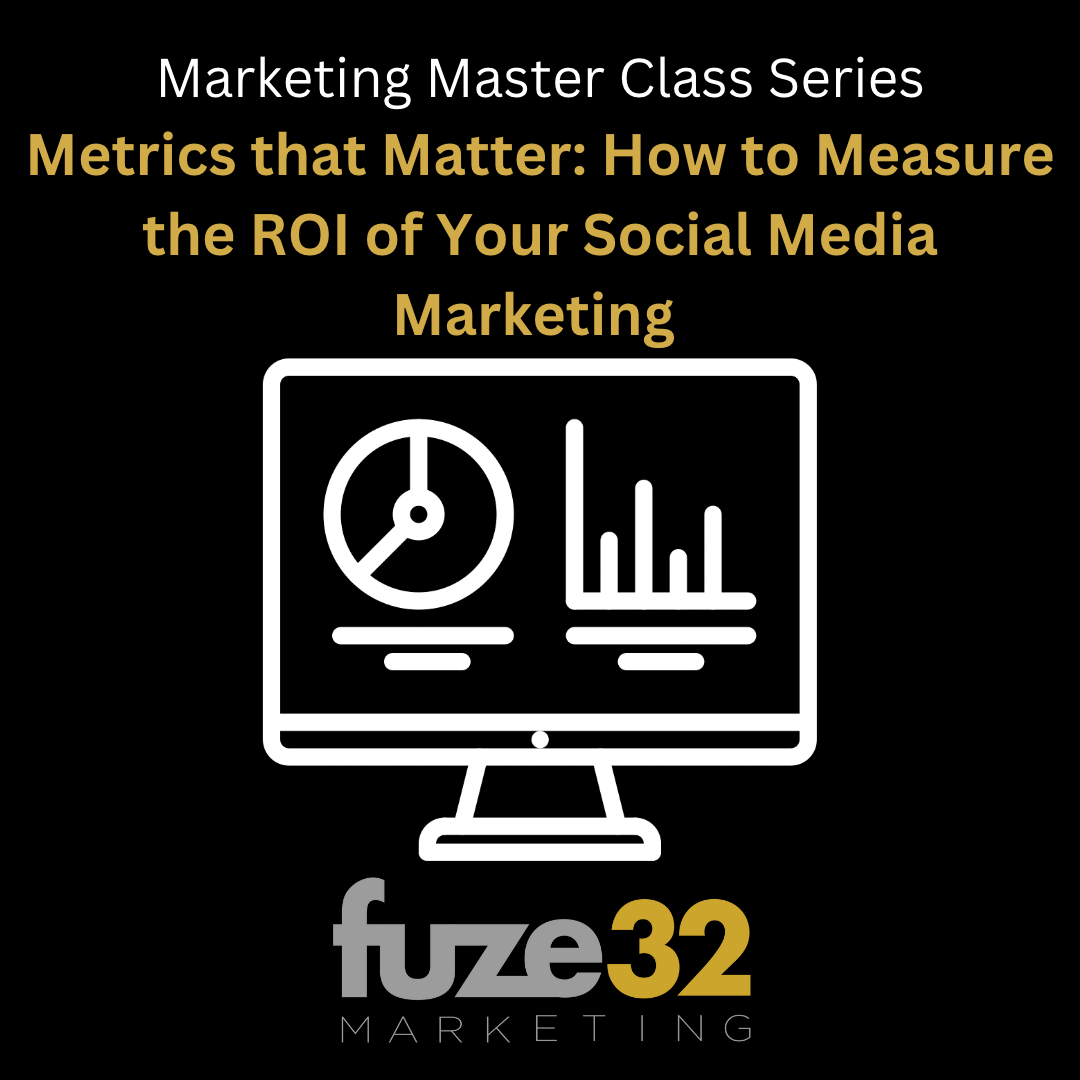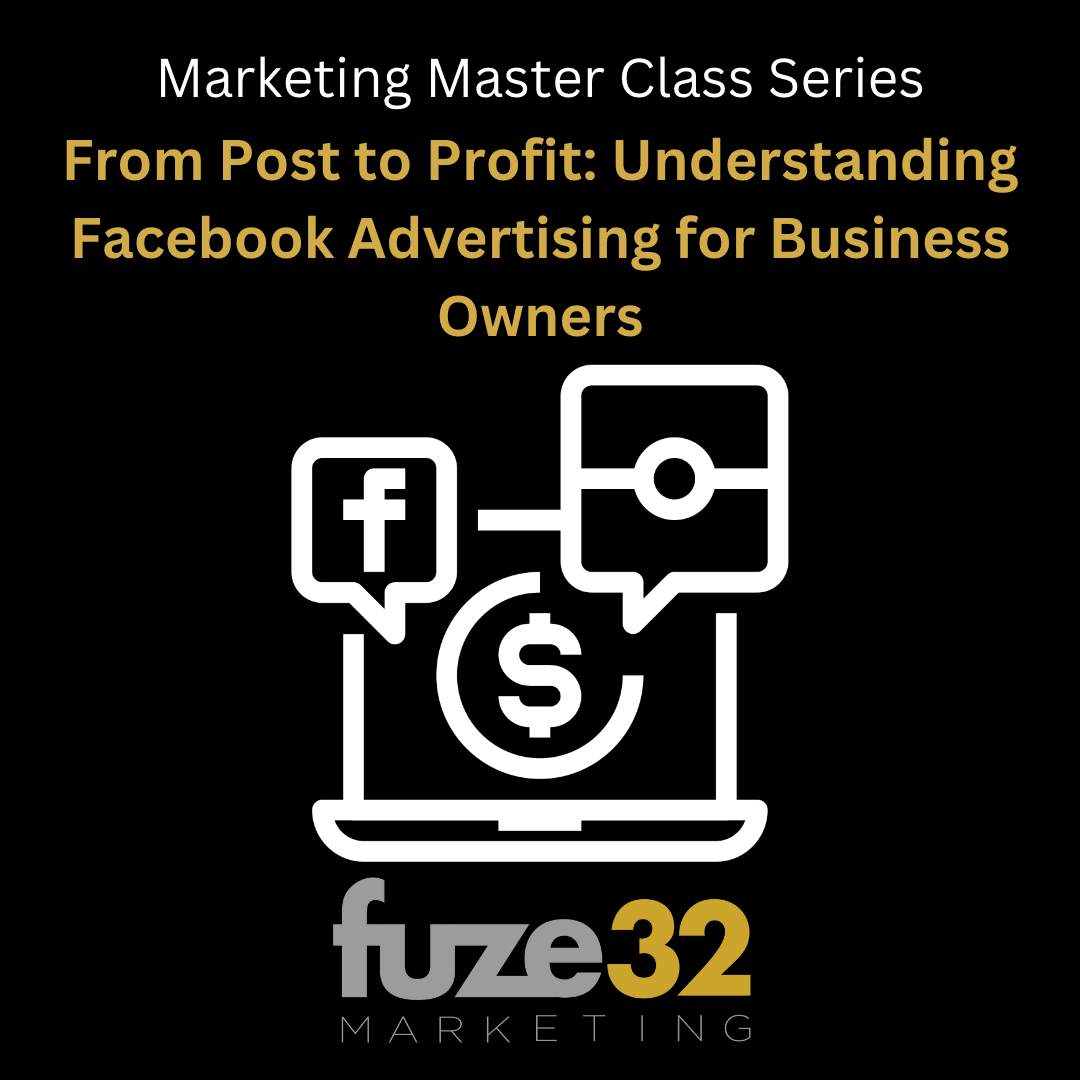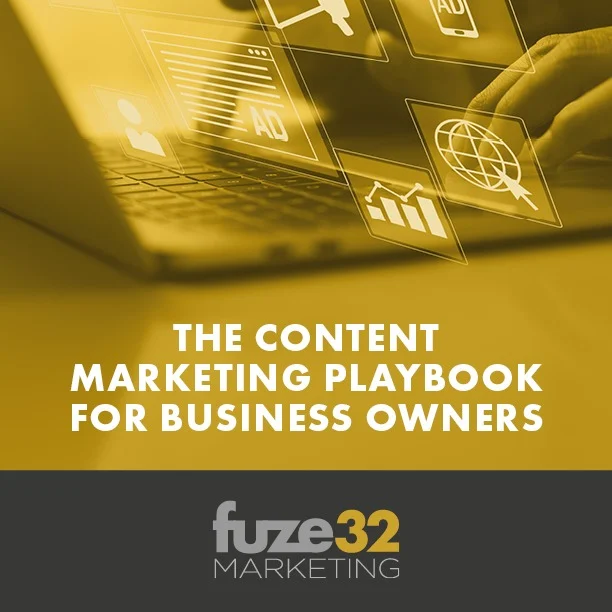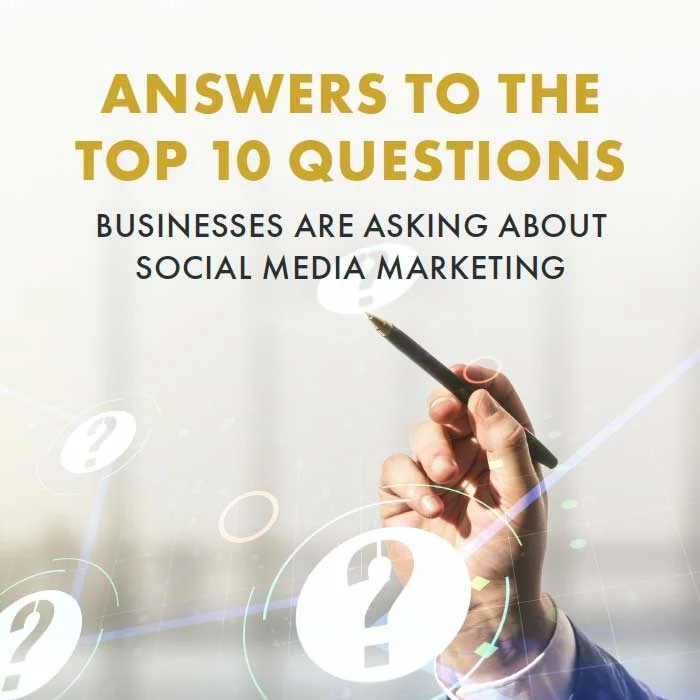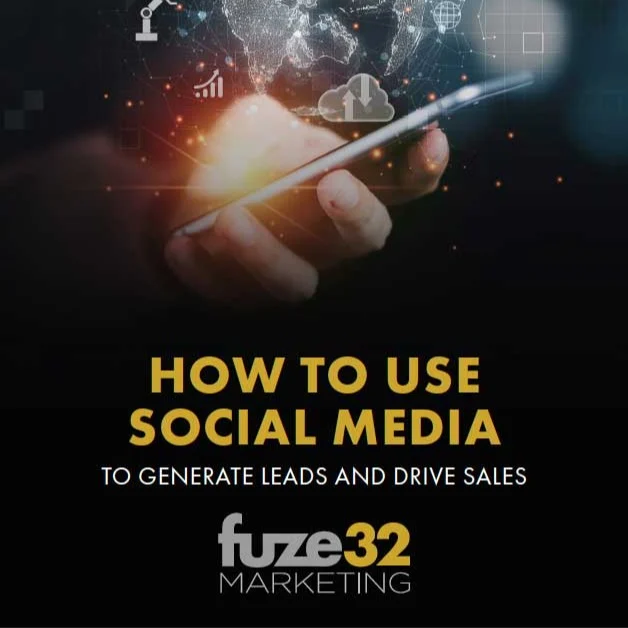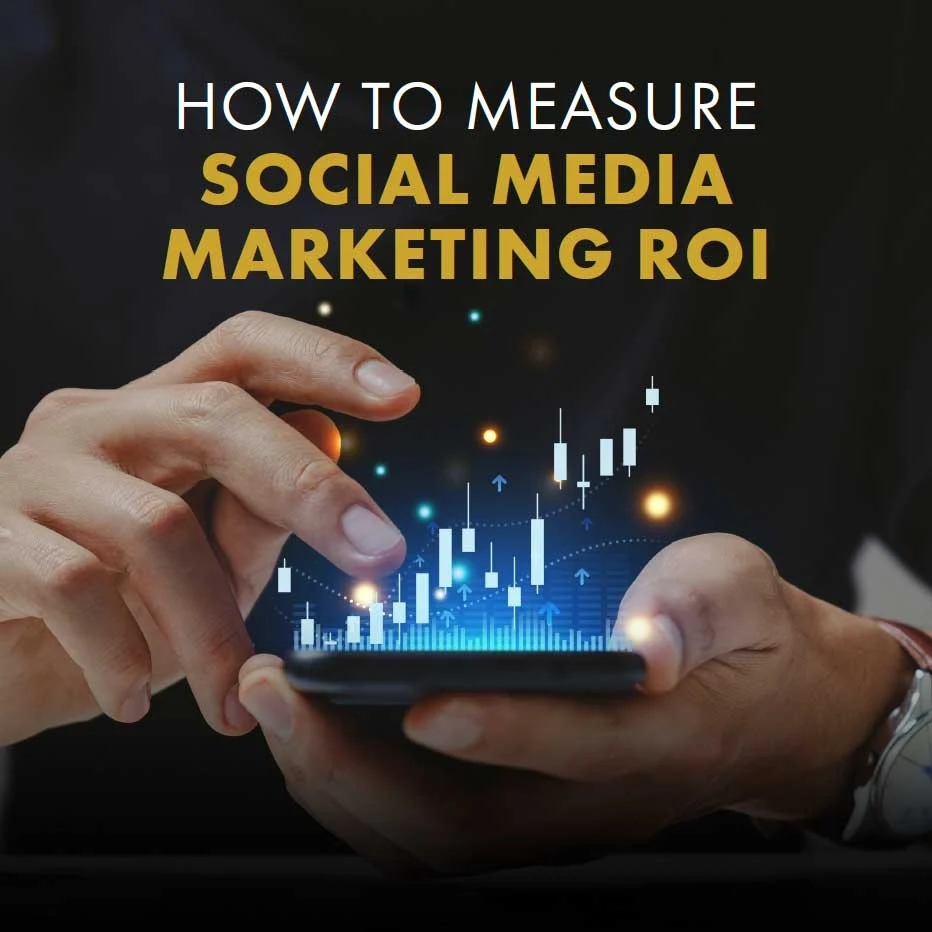
Digital marketing is sleek, data-rich, and immediate. It promises precise targeting and measurable results, and for many businesses, it delivers. But in our rush to embrace the new, have we forgotten the foundational principles that built enduring brands long before clicks and conversions were a thing? Radio and print advertising, often dismissed as relics, still hold powerful lessons about brand endurance, trust, and the art of the multi-touchpoint journey.
These traditional channels offer something digital often struggles with: a tangible presence, broad reach, and a unique kind of authority. However, they also present challenges, particularly when it comes to the straightforward measurement and agility that marketers now expect. The real question is not whether traditional marketing is dead, but how its timeless tactics can be adapted for today’s landscape to drive real return on investment.
Key Takeaways
- Radio isn’t fading. It’s resurging. Younger marketers are increasing radio budgets, according to Borrell’s latest survey, showing confidence in its ROI potential. Radio reaches over 80% of Americans weekly and delivers strong local connection points, with 49% of Gen Z listeners saying they feel more connected to local radio than other audio options (Jacobs Media Techsurvey 2025).
- Magazines offer depth that digital can’t match. While circulation is down, engagement is up: readers spend 47–61 minutes per issue, and ad recall remains strong at 55–59%. Niche hobby titles show even higher action rates, with one-third of readers scanning QR codes or purchasing directly from ads.
- Measurement is no longer a barrier. QR codes, vanity URLs, SMS short codes, and unique phone numbers have given traditional ads near-digital accountability. Scan rates in magazines now average 6–10%, while radio ads increasingly drive trackable search and call volume spikes.
- Longevity is the hidden ROI driver. Radio offers consistent weekly reach across demographics, and magazines provide long shelf life, from 37 days for city titles to over 100 days for hobby publications. This “stickiness” extends brand impressions far beyond campaign flight dates.
- Traditional amplifies digital. The smartest marketers use print and radio not in isolation, but as amplifiers. A radio spot primes awareness that’s later converted by digital retargeting. A magazine ad sparks a search that leads to your website. Traditional creates demand; digital fulfills it.
- The pitfalls are predictable. Campaigns fail when frequency is too low, calls-to-action are weak, measurement is missing, or cross-channel alignment doesn’t exist. Traditional works best when treated as part of a consistent, multi-touch plan.
Why Radio Delivers And Why Young Marketers Are Betting on It
You might think radio is an old dog in a digital world. But recent signals from industry insiders suggest it’s being revived - at least in marketers’ budgets. According to reports on the Borrell survey, younger marketers are actually increasing radio allocations, turning up the heat on a medium many assumed was fading. This shift matters: it’s a vote of confidence from a generation steeped in digital disruption.
Why is radio still in their playbook? First, reach. Traditional AM/FM pulls in more weekly listeners than nearly any single medium. That gives a baseline of potential exposure that digital alone struggles to match.
Second, timing and context. Radio reaches people in moments when they are less likely to be swiping or scrolling. It reaches them out and about: commuting, driving errands, or in the background at work. Those “lean-back” listening environments make each ad more of a companion than an interruption, which can build affinity and brand recall over time.
From a performance angle, radio ads continue to deliver when done right. Campaigns that combine frequency, strong messaging, and channel consistency often report ROIs in the 8:1 to 12:1 range (that is, $8–$12 back for every $1 spent).
The connection power of radio remains unmatched, particularly when it comes to local reach and personal engagement. According to Katz, Jacobs Media’s Techsurvey 2025 reveals that 49% of Gen Z listeners (ages 13-28) feel a stronger connection to local radio compared to other audio options. Additionally, 55% strongly agree that the local feel of radio is one of its greatest advantages, reinforcing how radio fosters a sense of community and familiarity. Another 55% of listeners tune in because they enjoy the DJs, shows, or hosts, showcasing the human element radio uniquely delivers. This connection translates into loyalty, making radio an authentic medium for building relationships and enhancing brand recall, especially in local markets.
Now, back to that Borrell insight: younger marketers aren’t just testing radio, they’re increasing spend. This suggests they’ve recognized what veteran advertisers always knew: radio is scalable in a way few digital formats are. They’re likely seeing radio’s ability to boost brand awareness, lift search queries, and drive cross-channel synergies (like pairing a radio spot with a digital retargeting push).
Of course, radio still faces the measurement challenge. But today’s solutions are better than ever. Think: unique phone numbers, SMS keywords, vanity URLs, retargeted display ads following radio exposure, and mix modeling to detect lift. Because of these, radio is increasingly being treated not as a “brand-only” channel but as an amplifier that helps convert.
For CEOs and marketing leaders, the takeaway is simple: radio isn’t nostalgic. It’s tactical. It fills reach gaps that digital alone can’t, it builds voice and authenticity in noisy markets, and increasingly, it's part of a measurable, multi-touch media plan. Keep an ear on that: today’s radio budget increases may be tomorrow’s benchmarks.
Why Magazines Matter in a Digital-First World
When was the last time you sat in a waiting room or an upscale salon and reached for the local city magazine? Chances are, you weren’t the only one. While newspapers have struggled and many digital platforms dominate the headlines, U.S. magazines (particularly city/regional titles, high-gloss consumer books, and niche hobby publications) continue to prove their staying power.
The numbers tell the story. Now more than ever, magazine offers a more loyal, more engaged readership. Studies show that readers spend an average of 47 minutes with a glossy issue and over an hour with hobby titles - numbers that have held steady or even grown slightly over the past decade. That level of attention is nearly impossible to replicate in most digital channels.
And engagement matters. In recent audits, magazine ads posted notable effectiveness: ad recall rates around 55–59 percent for glossies and city magazines, with purchase intent lifts of 6 to 8 percentage points. For niche hobby titles, the numbers were even stronger, with 33 percent of readers reported taking direct action on an ad, from scanning a QR code to purchasing a featured product. In other words, it’s not just about brand awareness. Magazines can and do move people to act.
City and regional lifestyle magazines are especially valuable for local and regional businesses. Nearly 90 percent of their ad pages are purchased by local companies, and pass-along readership in waiting rooms, offices, and restaurants multiplies exposure. With an average of 4.3 readers per copy, your ad investment doesn’t just reach subscribers…it lingers on coffee tables and in lobbies, extending its shelf life far beyond the print date.
Finally, technology has bridged the accountability gap that once made traditional print harder to measure. QR codes, vanity URLs, and even NFC-enabled inserts are closing the attribution loop. In fact, QR code scan rates in special issues now average 6–10 percent, a huge leap from pre-pandemic levels. That means magazine ads no longer have to be a “black box” in your media mix.
For executives looking at marketing through the lens of longevity and ROI, magazines deserve a second look. They combine credibility, deep reader immersion, and modern measurement tools in a way that makes them far from obsolete. In fact, when strategically integrated with digital campaigns, print often amplifies results across the board.
How to Measure ROI When There Is No Click
This brings us to the biggest challenge with traditional media: measurement. A marketer on Reddit lamented that tracking ROI from print is "very complex," often requiring sophisticated econometric modeling. While that may be true for large-scale campaigns, small and medium businesses have more direct methods at their disposal. The goal is to make the unmeasurable, measurable.
Creating trackable assets is the first step. Use unique phone numbers dedicated to your print or radio campaigns to track inbound calls. Implement specific coupon codes that can only be found in that ad. As mentioned, QR codes leading to custom landing pages are invaluable for tracking direct traffic from a print piece.
Beyond direct tracking, you can also measure indirect lift. Monitor your analytics for a notable increase in branded search volume or direct website traffic during your campaign period. If more people are searching for your brand name, it is a strong signal that your awareness efforts are working. For larger campaigns, aided recall surveys can help determine if your message is cutting through the noise. The numbers will tell the story, but you have to set up the right systems to capture them.
Creative Strategy: Lessons from Traditional Media
Beyond their reach, radio and print teach us profound lessons about messaging. Without the luxury of endless space or interactive features, traditional ads must be models of clarity and repetition. Radio forces you to rely on memorable jingles, sonic branding, and a consistent voice to build an identity. It teaches the power of a short, powerful tagline that can be recalled instantly.
Print advertising offers a masterclass in visual hierarchy. With only a single page to make an impact, elements like white space, powerful imagery, and clear typography become paramount. These principles of clean design and direct communication are just as relevant for a website landing page or a social media graphic. The most important lesson is cross-channel consistency. The voice your customers hear on the radio should echo the messaging they see on your website, and the visual identity in your magazine ad should align with your digital presence.
Integrating Traditional Media as a Powerful Amplifier
The most successful marketing strategies do not treat traditional and digital as separate entities. Instead, they use traditional media as an amplifier for their digital efforts. Imagine this sequence: a potential customer hears your ad on the radio during their morning commute. This builds initial awareness. Later, when they are browsing online, they are served a digital retargeting ad. Because they already recognize your brand, they are far more likely to click.
This is a sequence strategy where radio or print raises awareness, and digital swoops in to convert that awareness into action. The synergy works in reverse as well. A strong offline campaign will naturally lead to a lift in online search activity, providing more opportunities for your search ads to capture high-intent leads. Traditional media creates the demand that digital channels can then efficiently fulfill.
When Traditional Media Fails
Despite its potential, traditional media is not foolproof. Campaigns fail, and when they do, it is usually for a few predictable reasons.
- Poor ad creative with a weak or nonexistent call to action is a primary culprit. If you do not tell the audience what to do next, they will do nothing.
- Insufficient frequency is another common pitfall. Are you really expecting results from running just a handful of radio spots or a single print ad? That's like whispering in a hurricane; your message will be completely lost in the noise. You must invest enough to achieve the necessary repetition for your message to cut through and stick.
- Consistency is not just about frequency, but also about the persistence of your campaign over time. A short, intense burst of ads might create a momentary splash, but a sustained presence builds brand recall and trust. Without that consistent exposure, even the most brilliant creative will fail to make a lasting impression.
- Other sure-fire ways to ensure your investment yields no return include mis-targeting your audience, failing to set up any measurement system, and a lack of cross-channel reinforcement. If you're not speaking to the right people, tracking your results, and integrating your message across platforms, you're just throwing money away.
- Lastly, a lack of tracking results. The numbers don’t lie, and if you are not tracking them, you are flying blind. What's the point of spending the money if you have no idea if it's working?
The bottom line is this: traditional media doesn’t fail because it’s outdated. It fails when it’s executed carelessly. When businesses treat radio or print as a one-off experiment instead of a disciplined campaign, the results are almost guaranteed to disappoint. But when paired with clear messaging, consistent frequency, smart targeting, and modern tracking tools, these so-called “old” channels can deliver returns that rival or even amplify digital. The difference between failure and ROI with traditional media is not the medium itself, but the strategy behind it.
FAQs
1. Does radio advertising work for small or local businesses?
Yes. Radio’s local focus and trusted on-air personalities can help a small business build authority and connection within its community. By targeting specific stations that align with your customer demographic, you can run a very efficient awareness campaign.
2. How many ads per week are needed for radio to be effective?
This depends on the station and market, but a common rule of thumb is that a listener needs to hear an ad at least three times in a seven-day period for it to begin to register. This typically translates to a schedule of 25 to 35 spots per week on a given station to achieve meaningful reach and frequency.
However, the type of campaign you’re running also plays a critical role in determining the ideal frequency and overall strategy.
For action-driven campaigns, where the goal is to drive immediate results (such as promoting a limited-time offer, event, or sale), a higher frequency is key. These campaigns require a concentrated schedule to ensure your message reaches the audience multiple times in a short timeframe, building urgency and prompting action. You will need to increase the number of spots per week on a station to as many as 50 or more, depending on the market size and audience reach.
On the other hand, awareness or branding campaigns take a different approach. The goal here is not immediate action but building long-term recognition and trust with your audience. These campaigns focus on consistent, steady exposure over an extended period of time. A lower weekly frequency, such as 25-35 ads per week, combined with a longer duration - spanning a year or more - ensures your brand stays top of mind without oversaturating the audience. This approach is particularly effective for establishing credibility and creating an emotional connection with your target market.
By understanding the difference between action and awareness campaigns, you can tailor your advertising strategy to meet your specific goals, balancing short-term impact with long-term brand growth.
3. Are magazine ads worth it?
They can be extremely valuable if placed in the right publication. Niche trade magazines or local lifestyle publications allow you to reach a very specific and engaged audience that is difficult to isolate online. The more targeted the magazine, the more likely the ad is to perform well. Your best response will come from a comprehensive omni-channel marketing campaign where you aren't "testing" specific strategies, but executing a complete and focused campaign designed to drive results from start to finish.

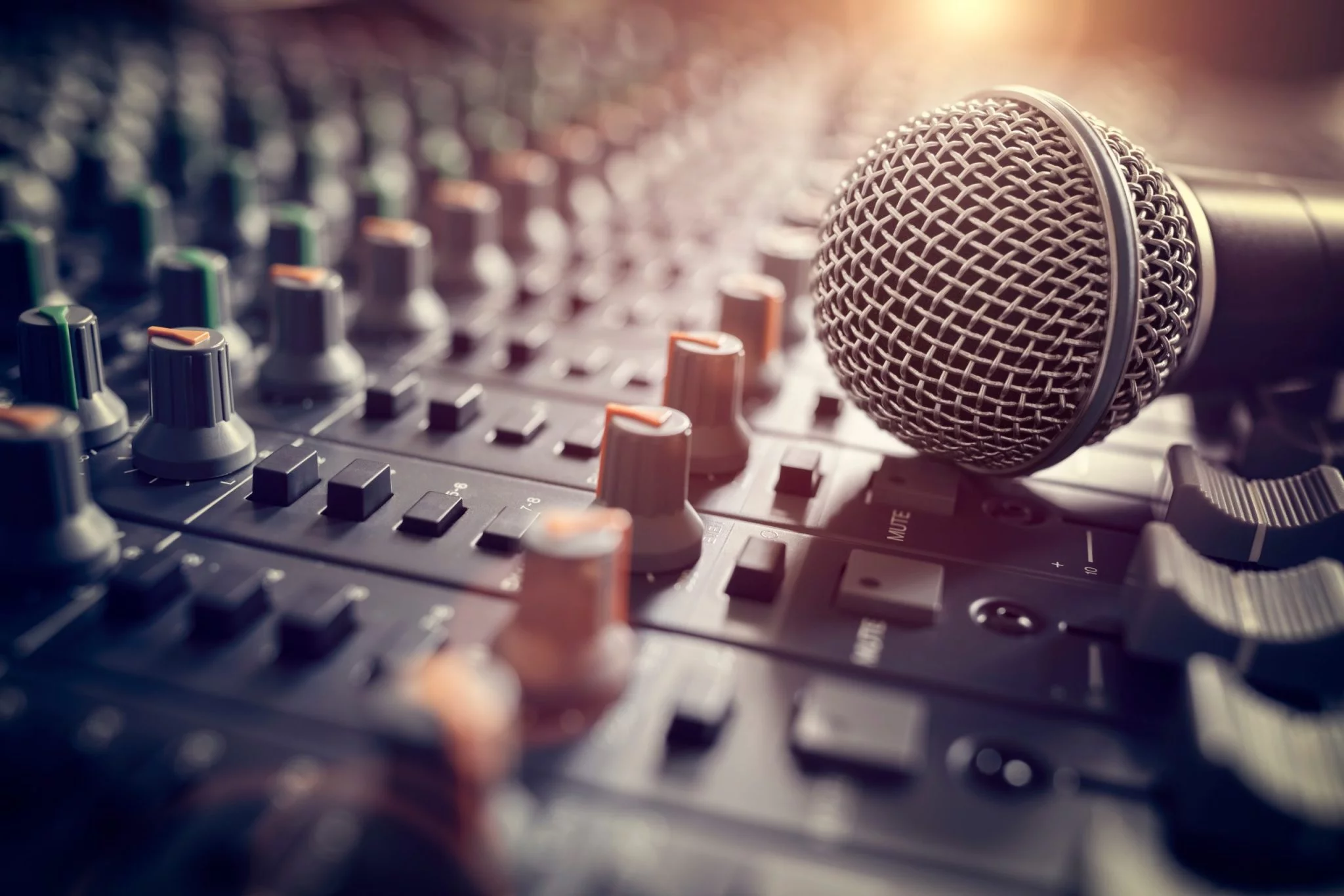
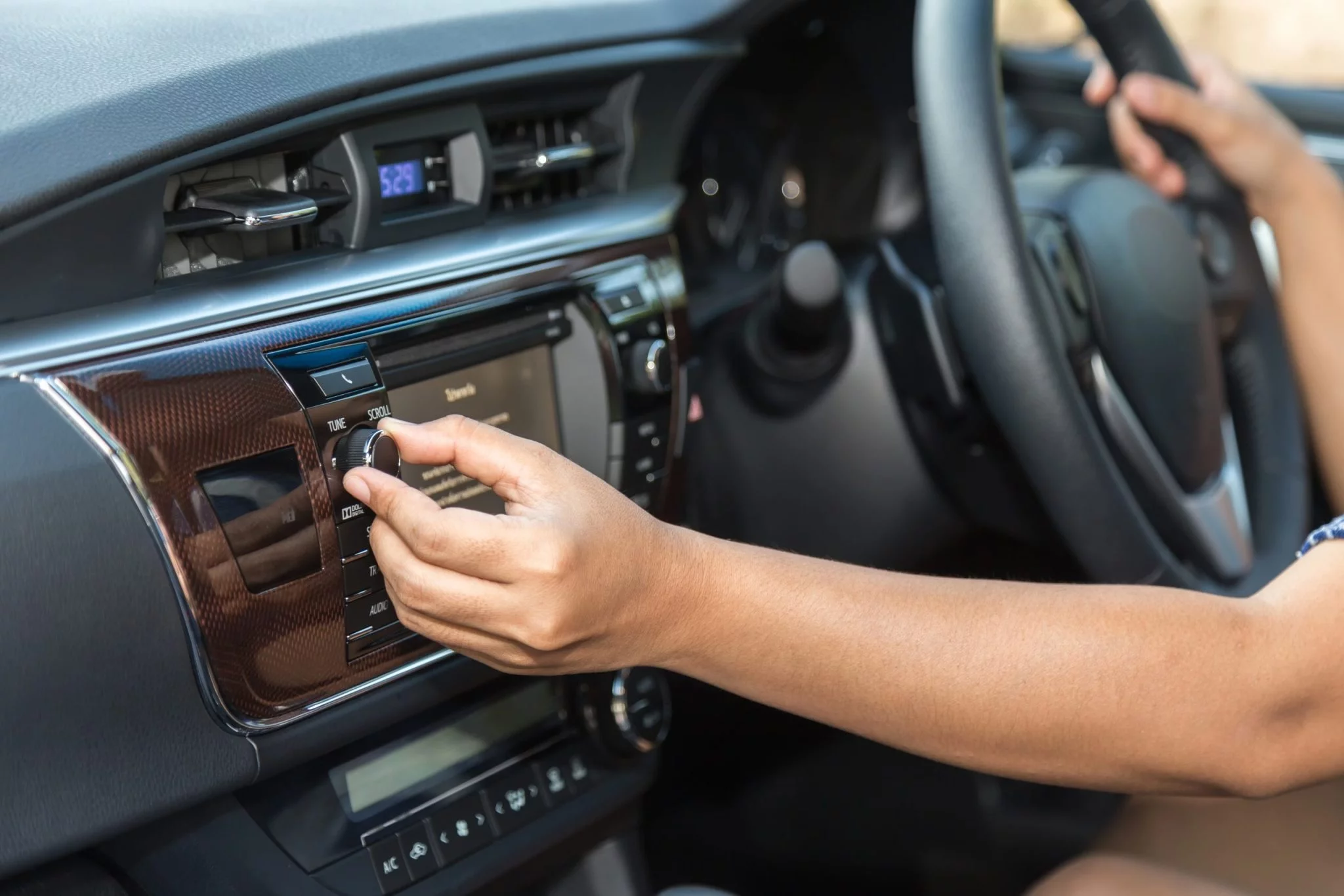
.webp)

